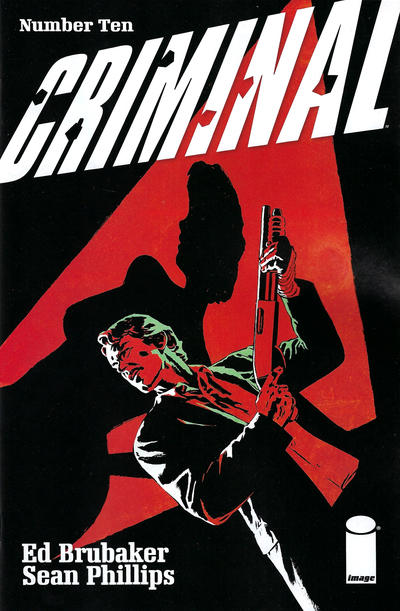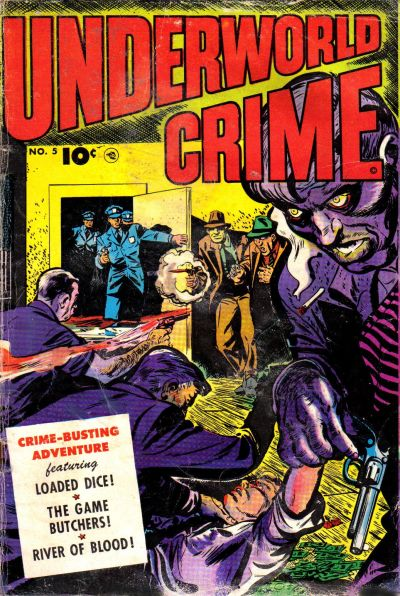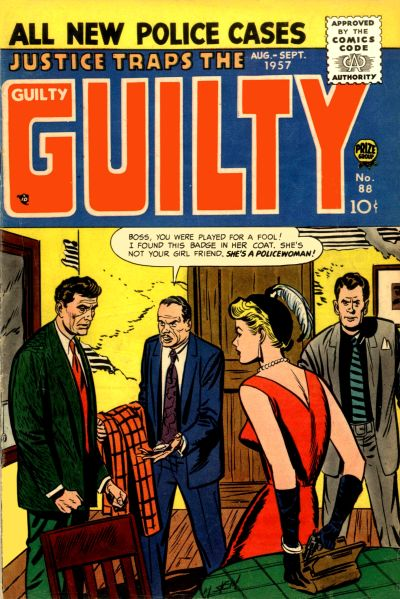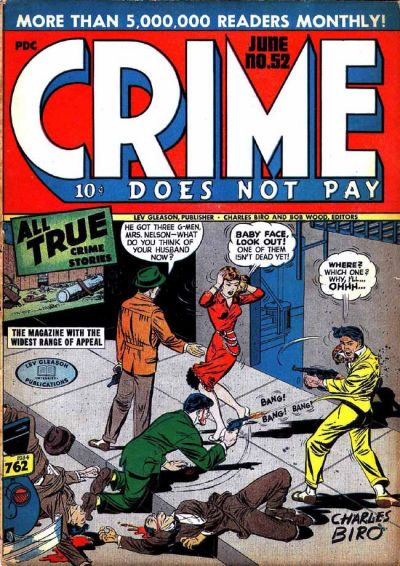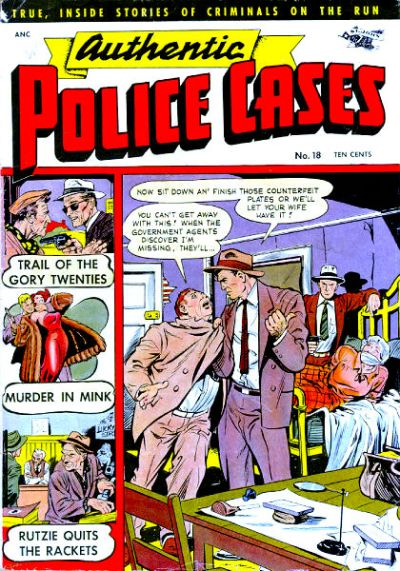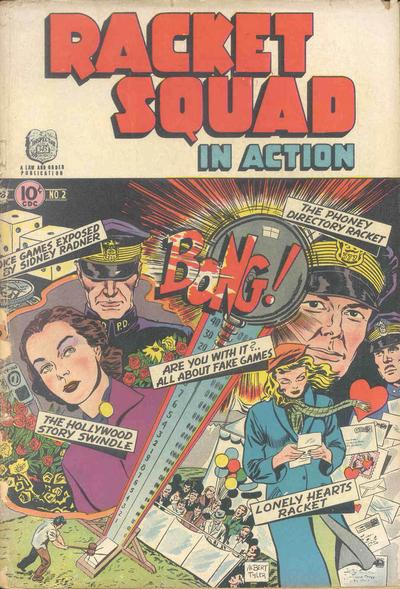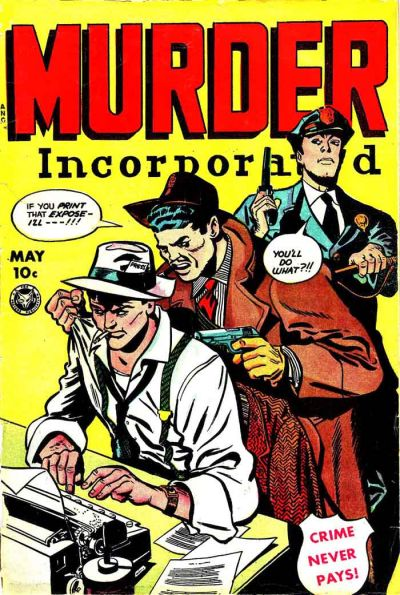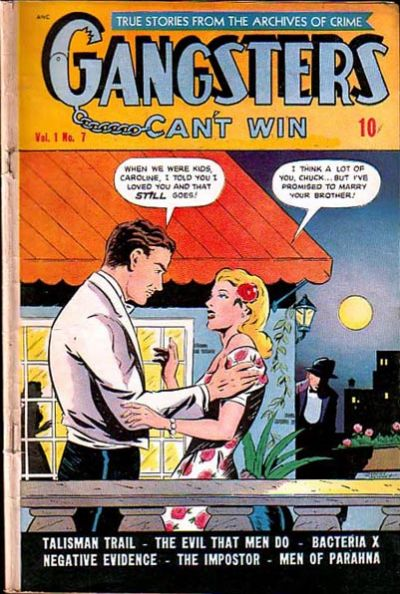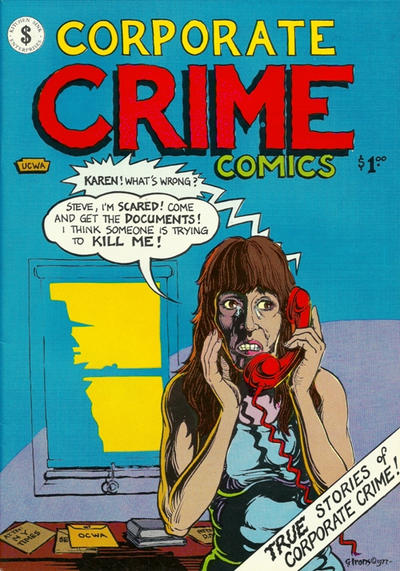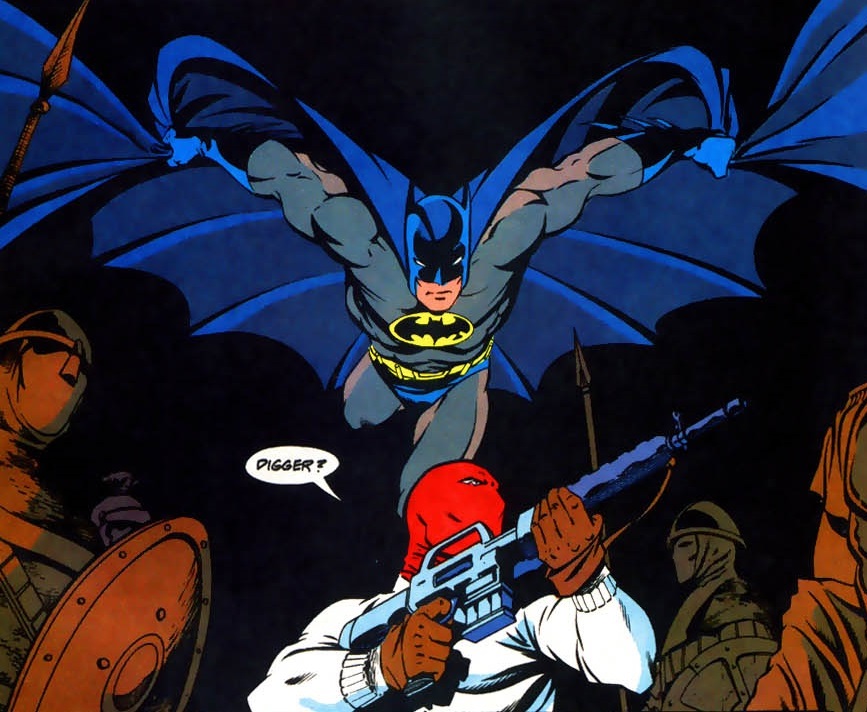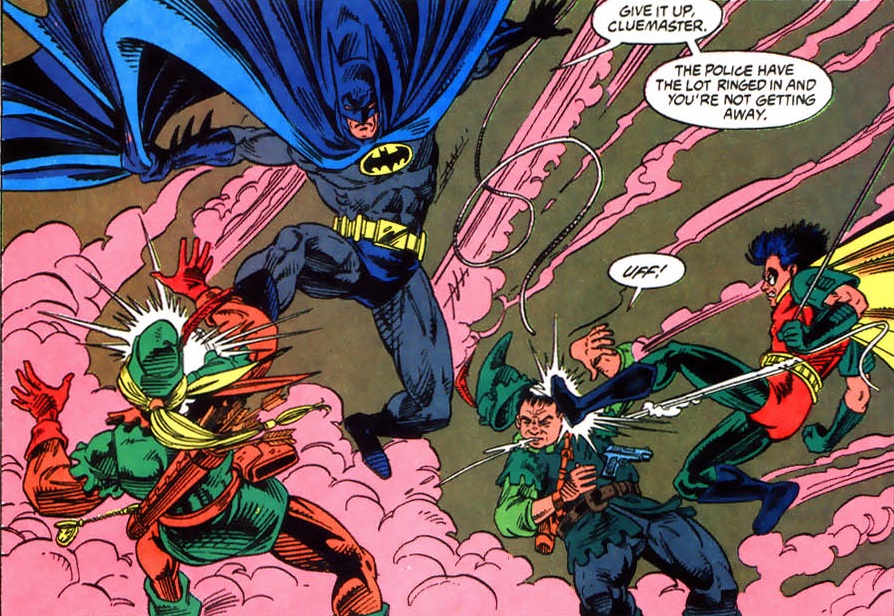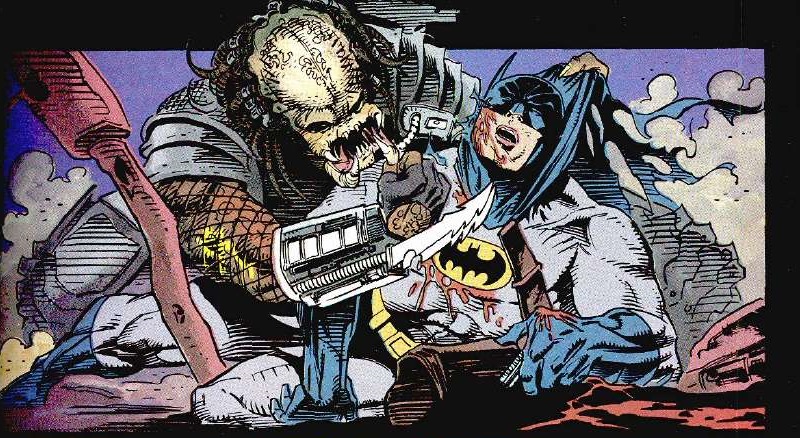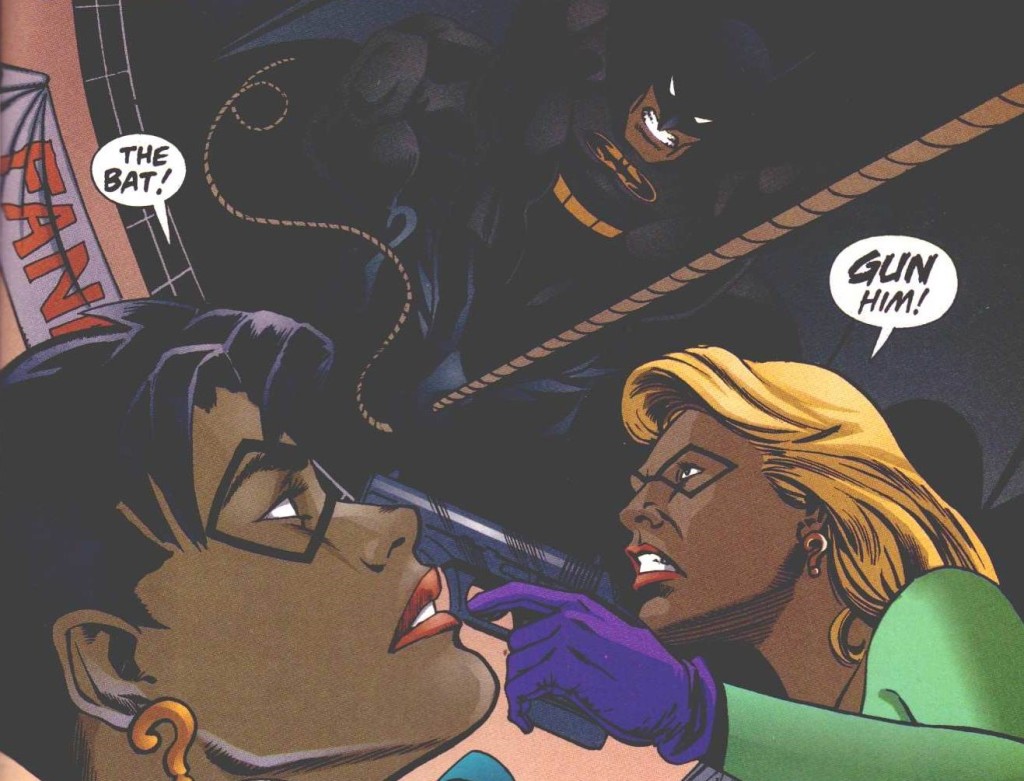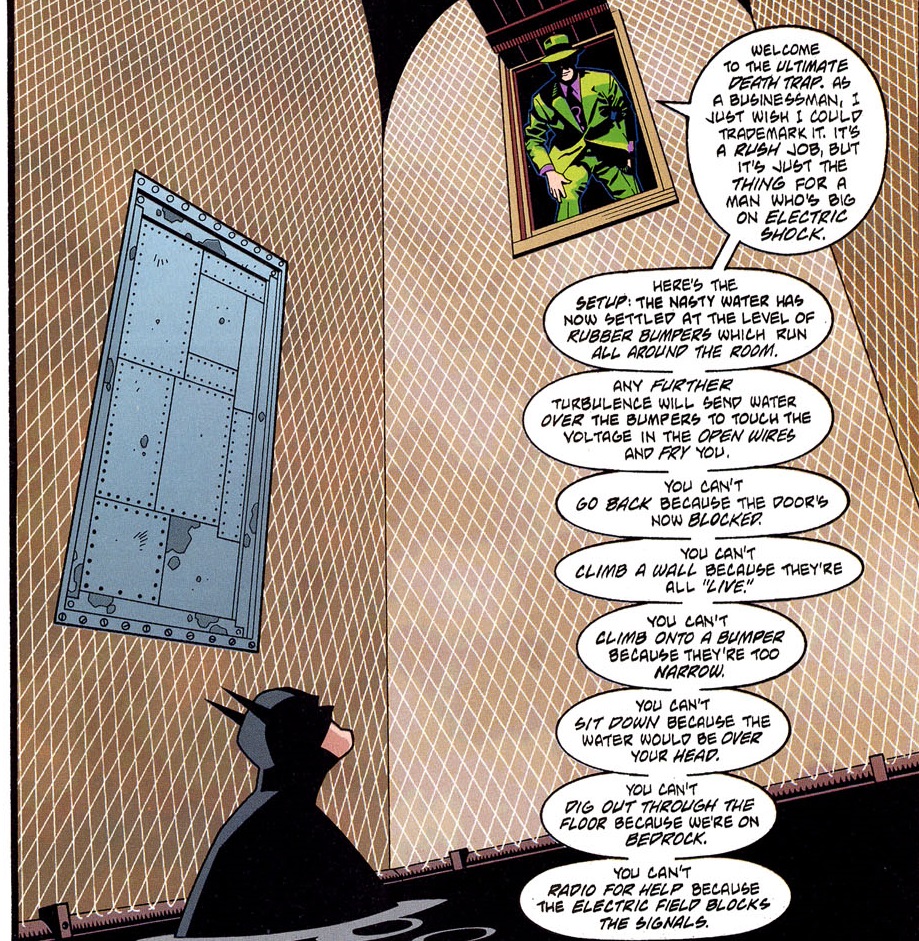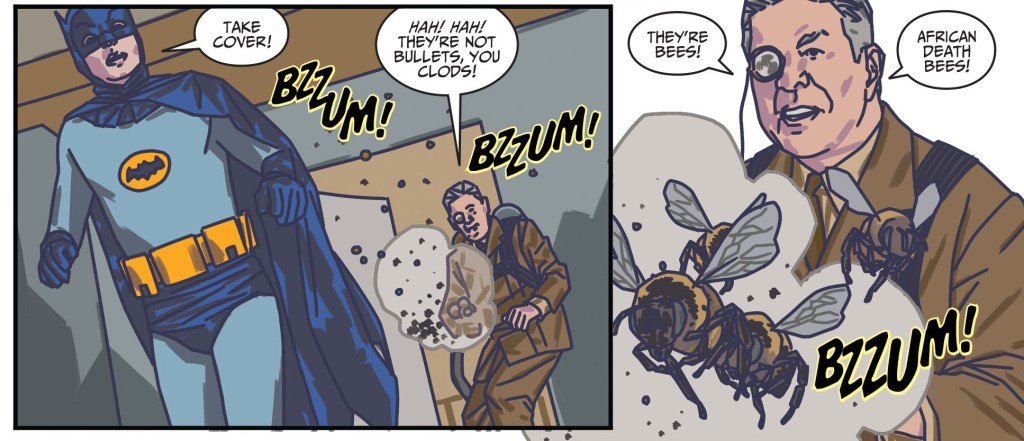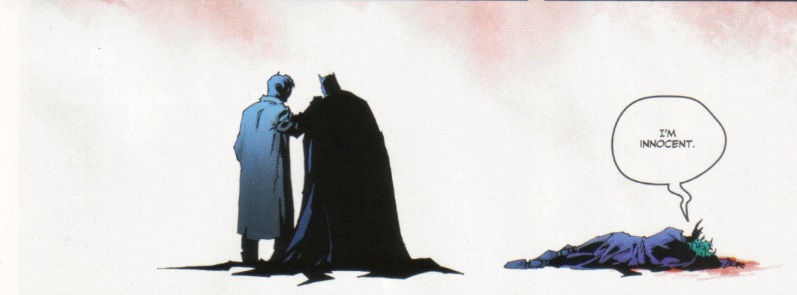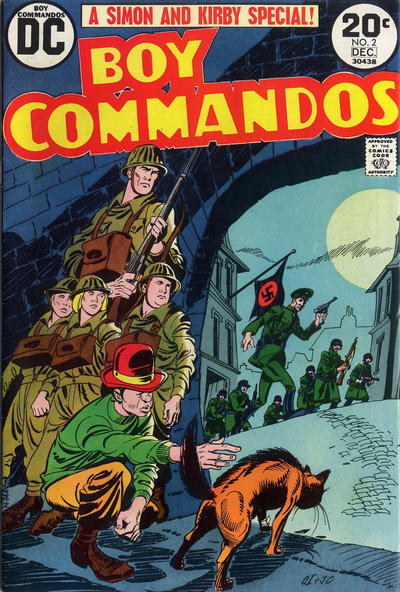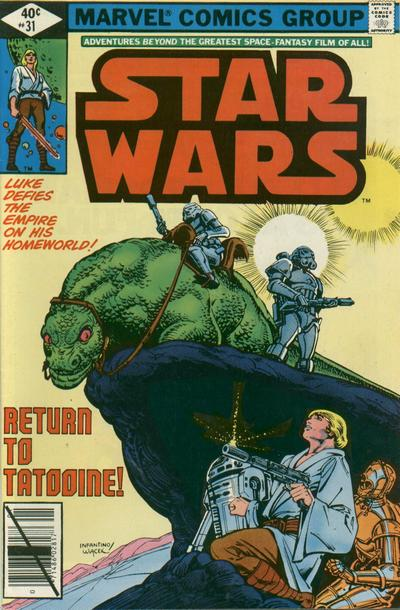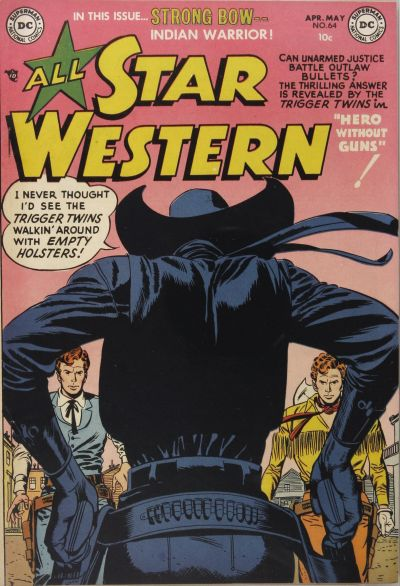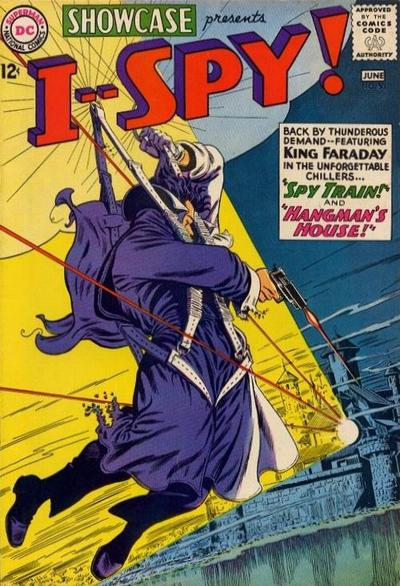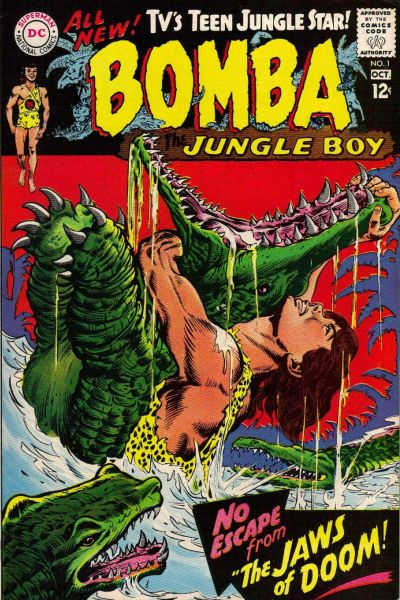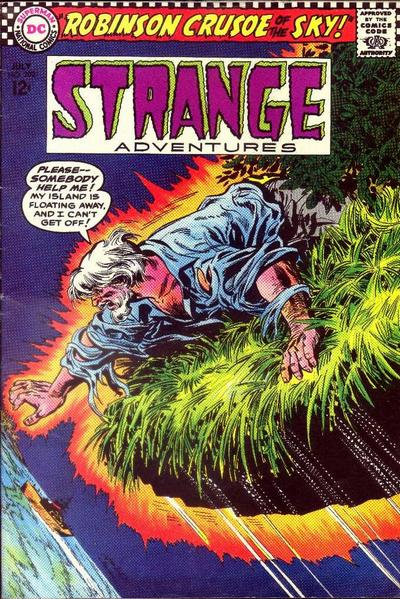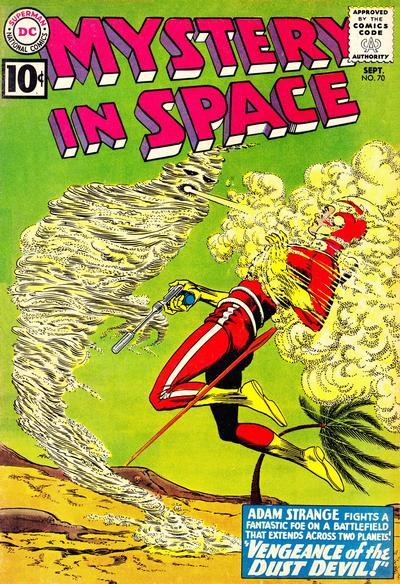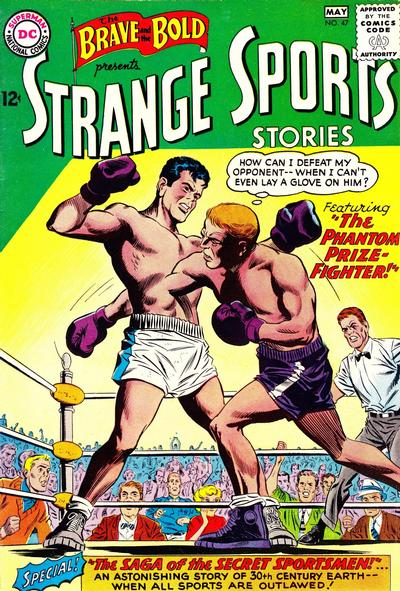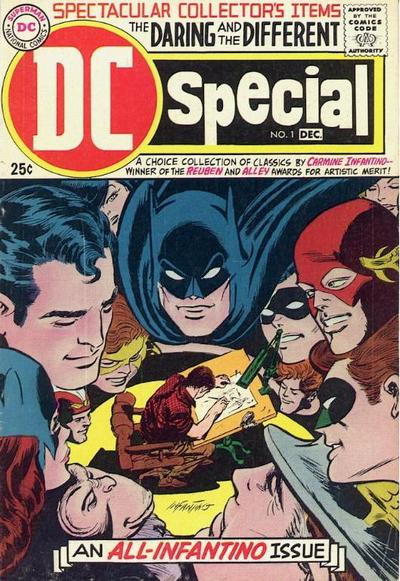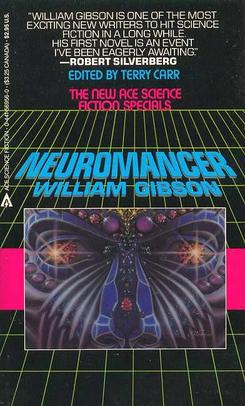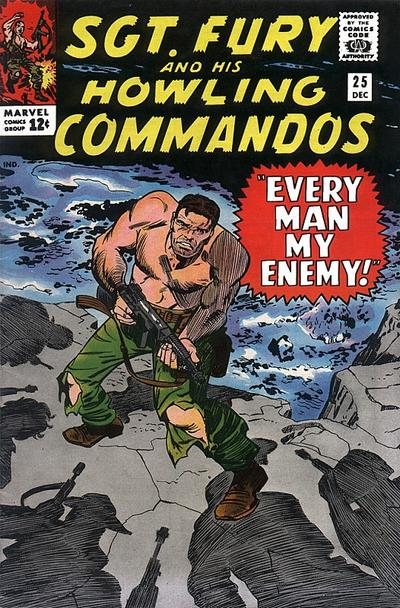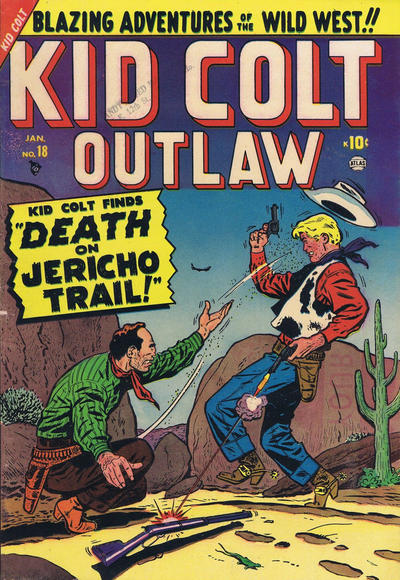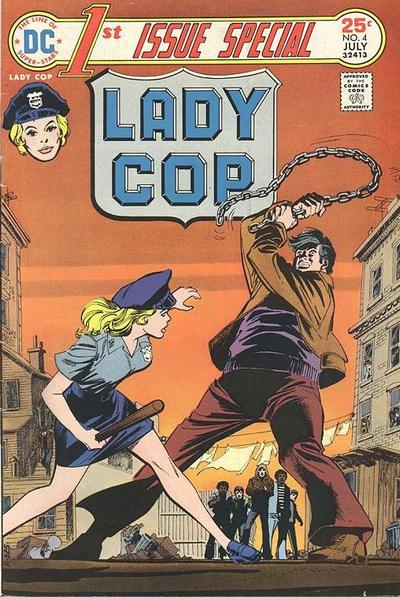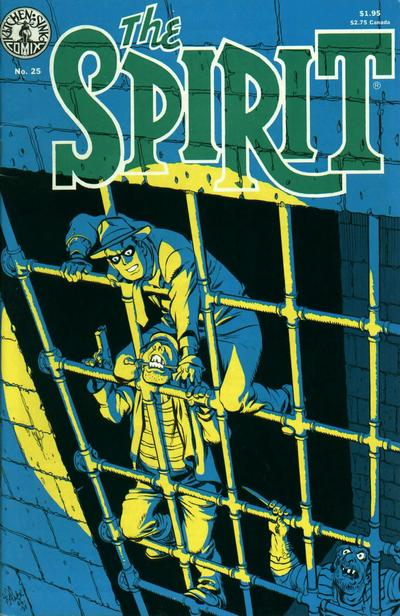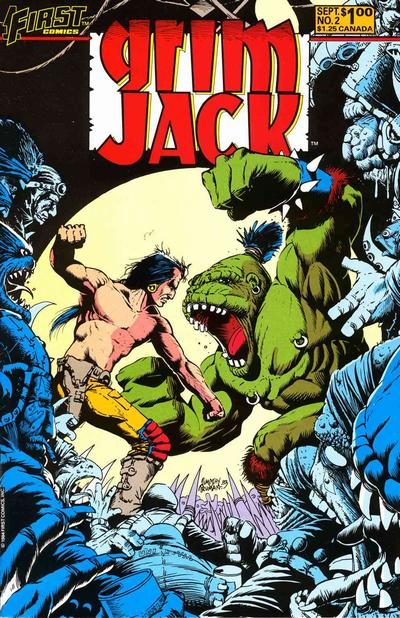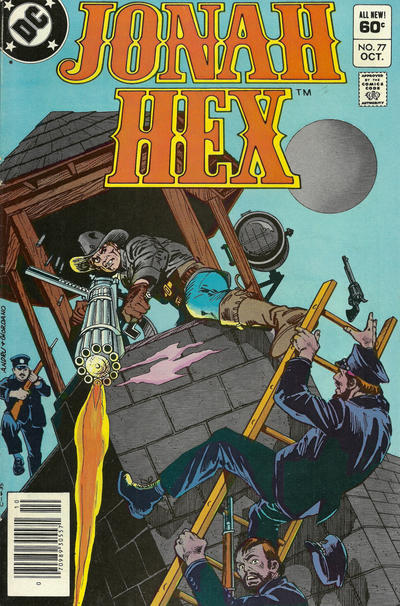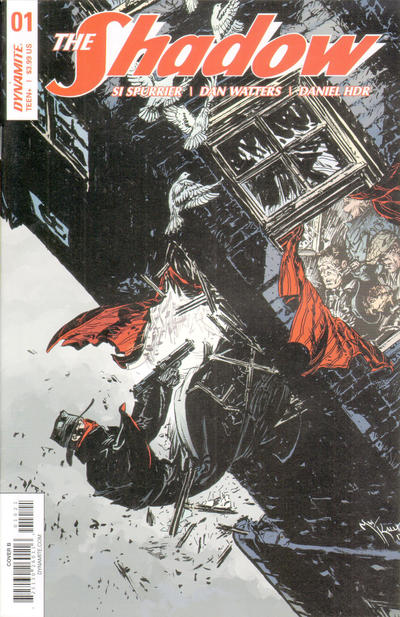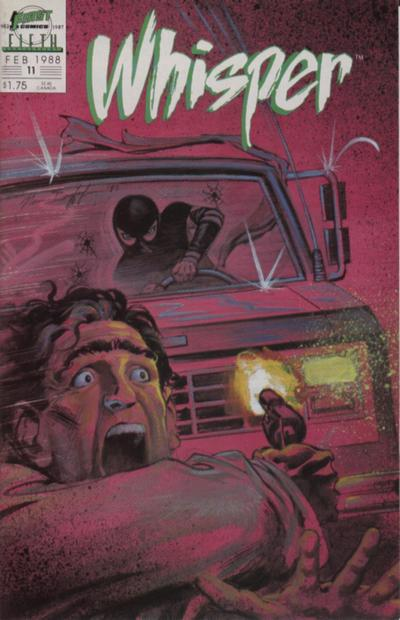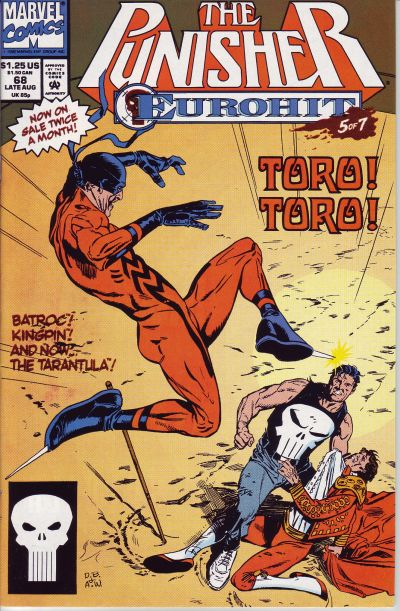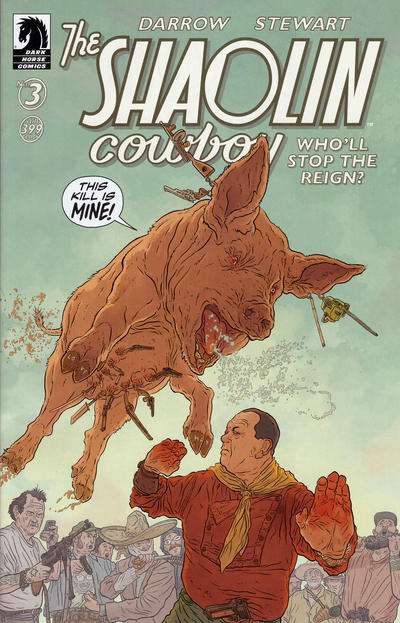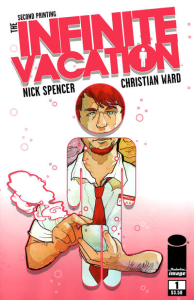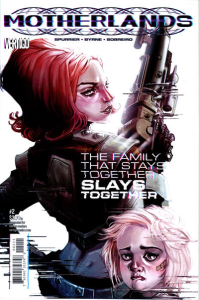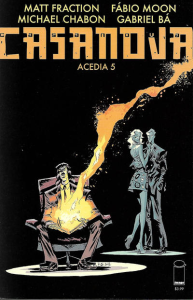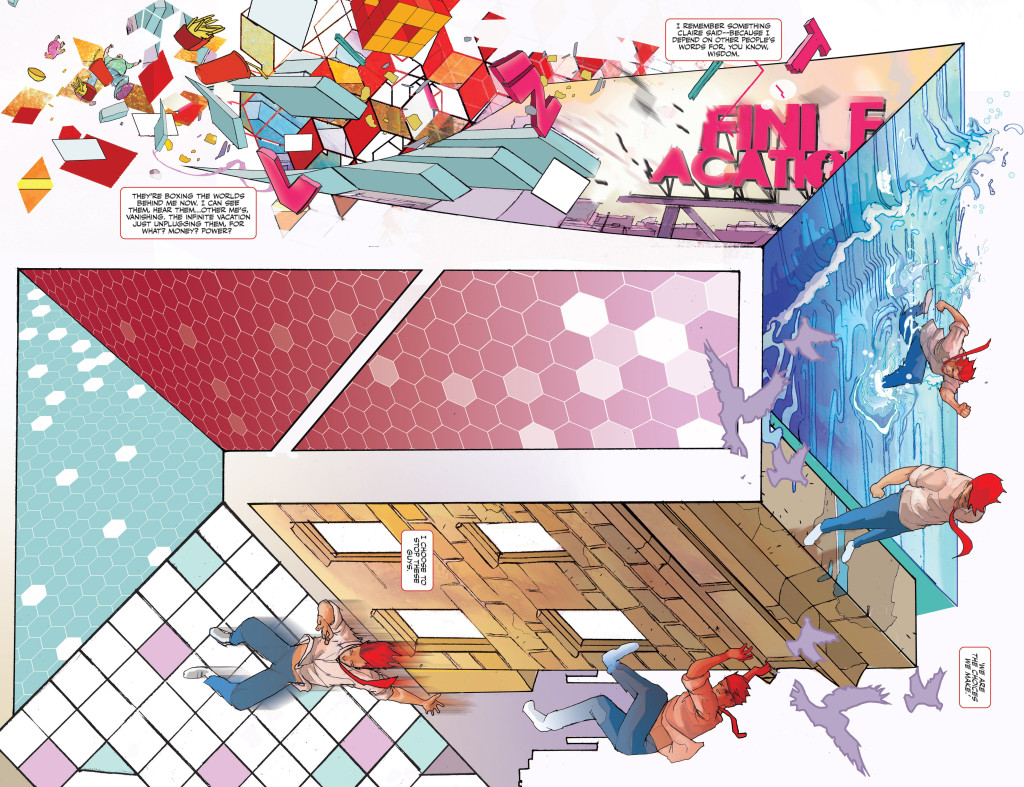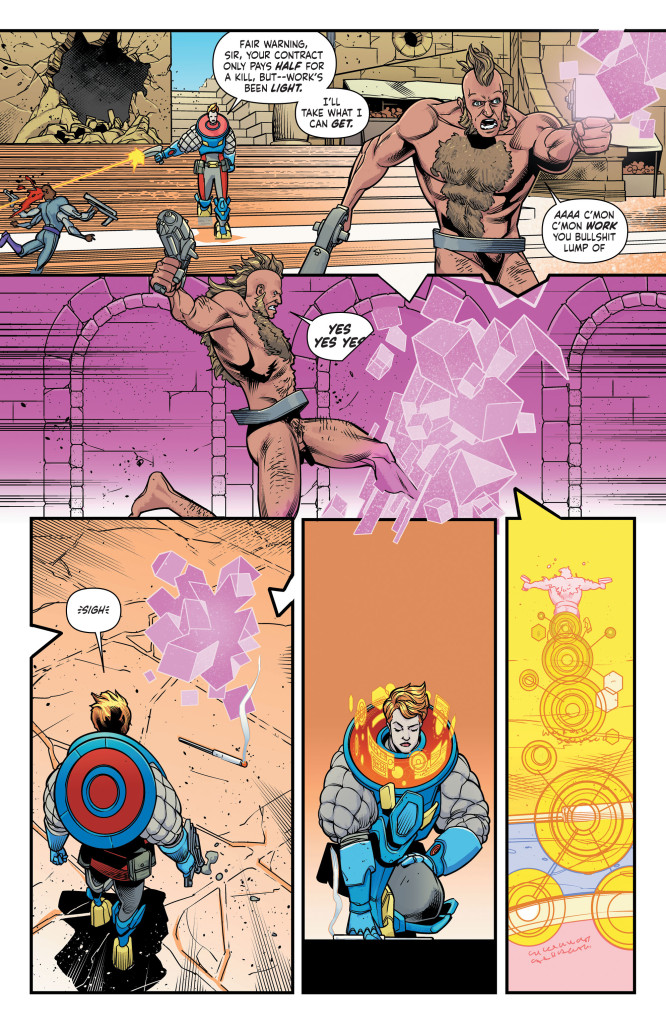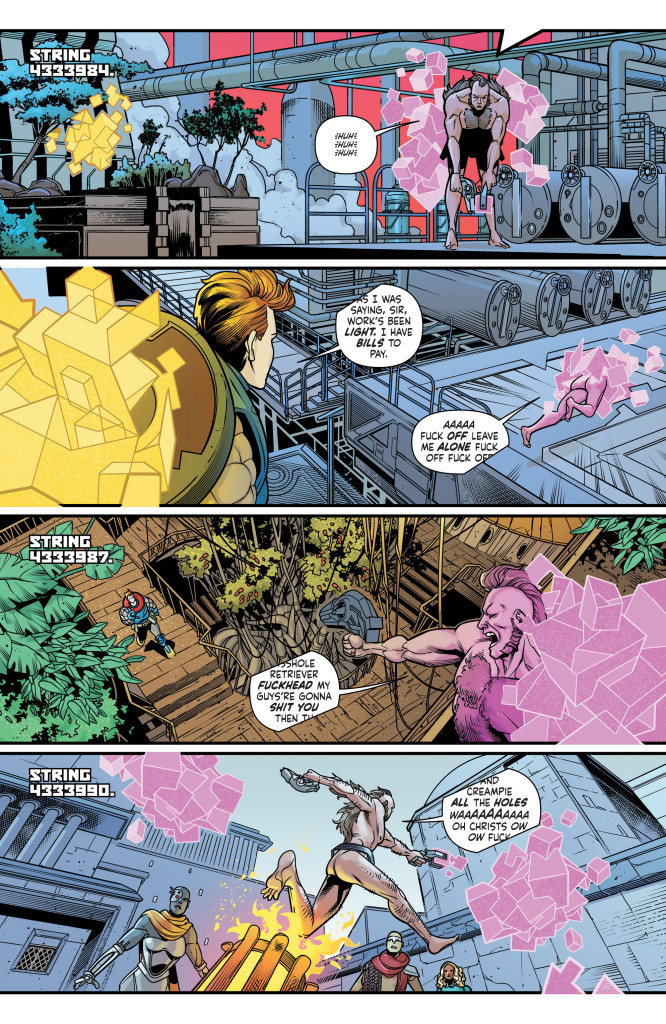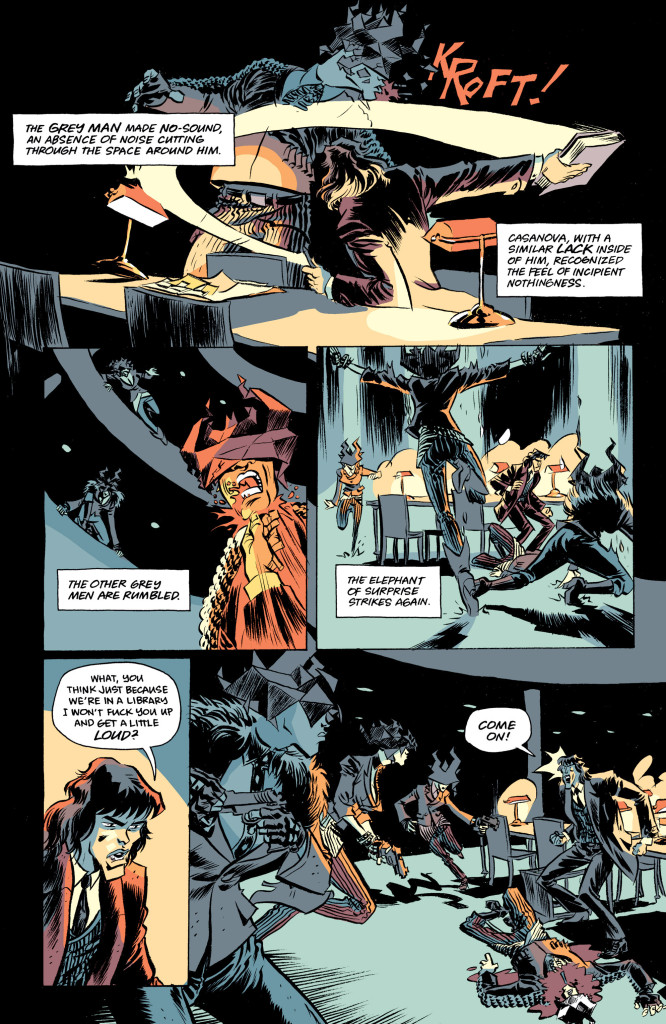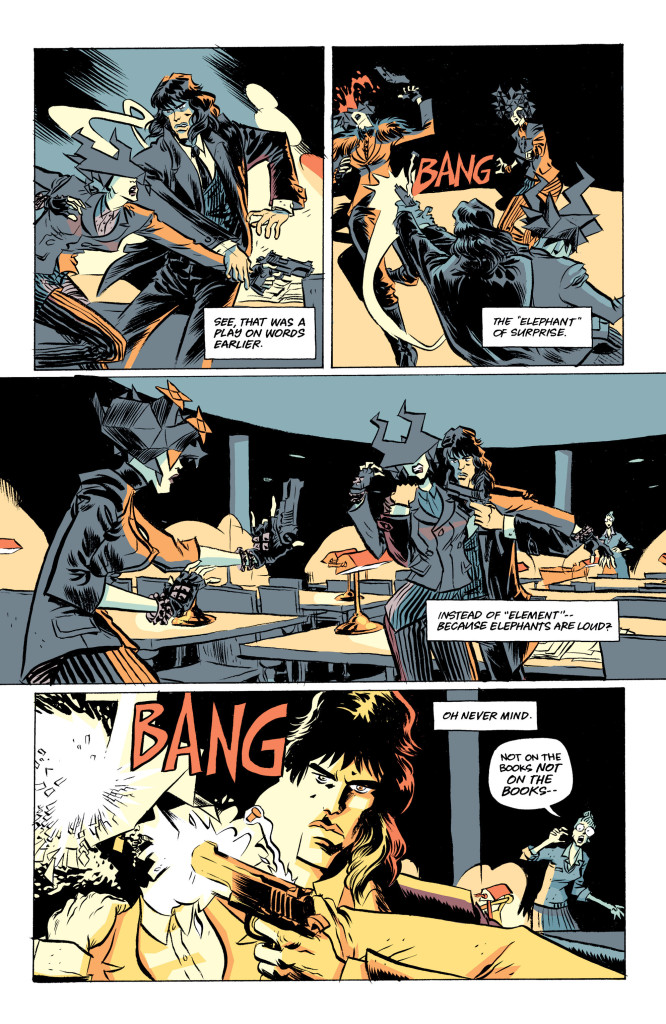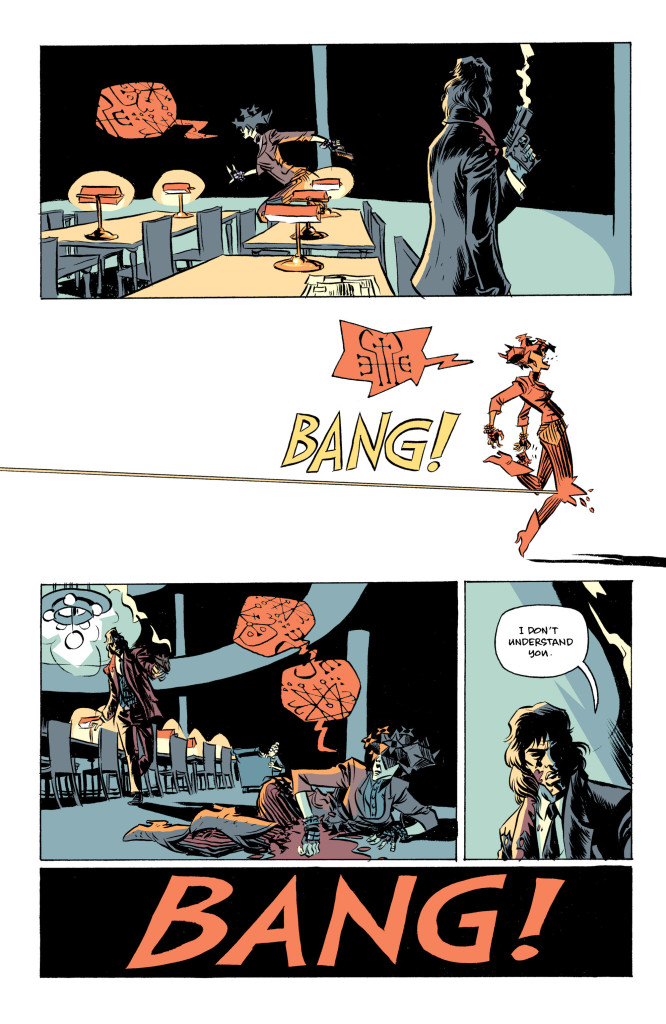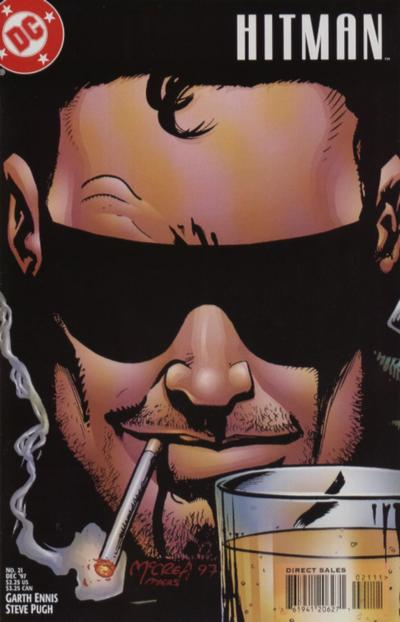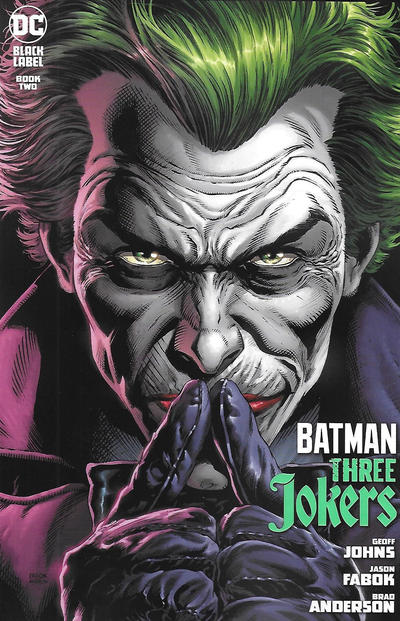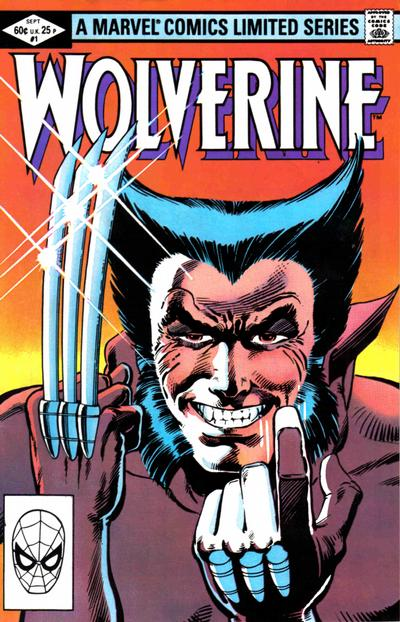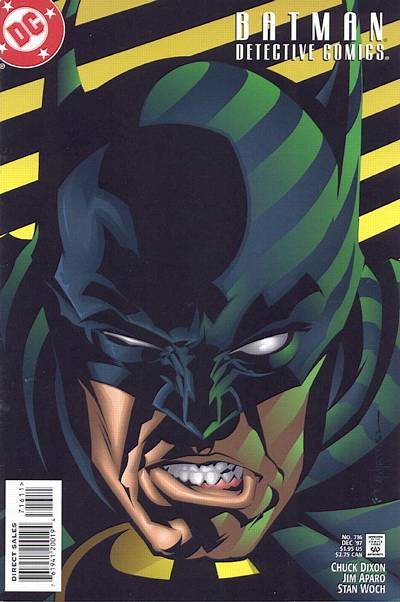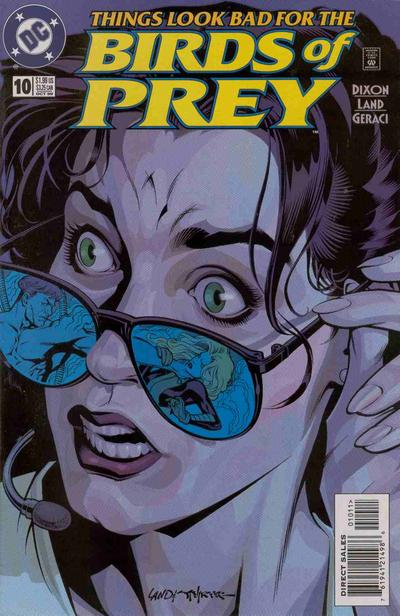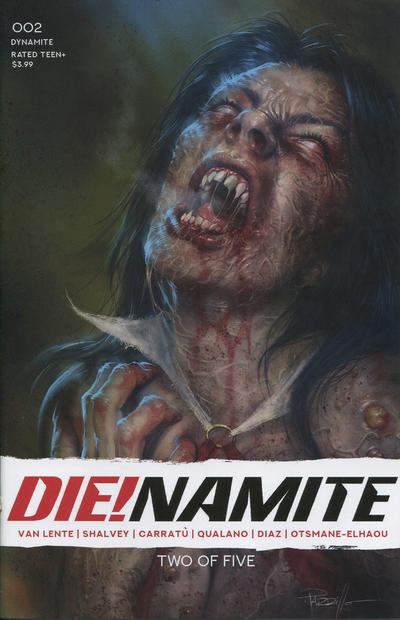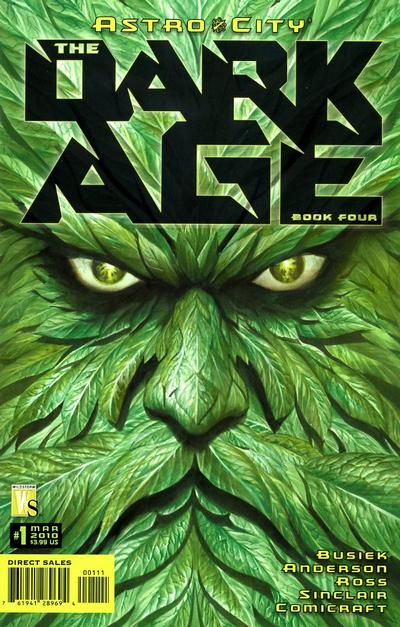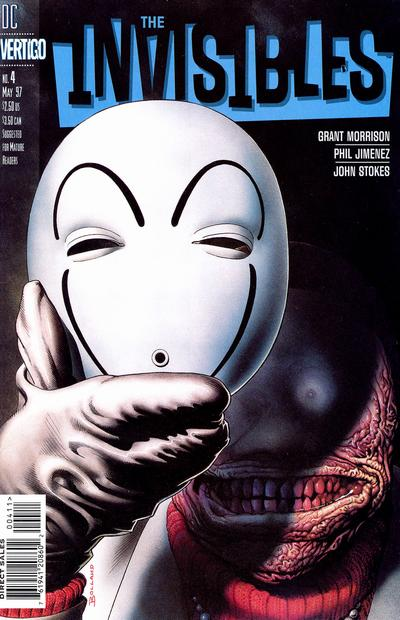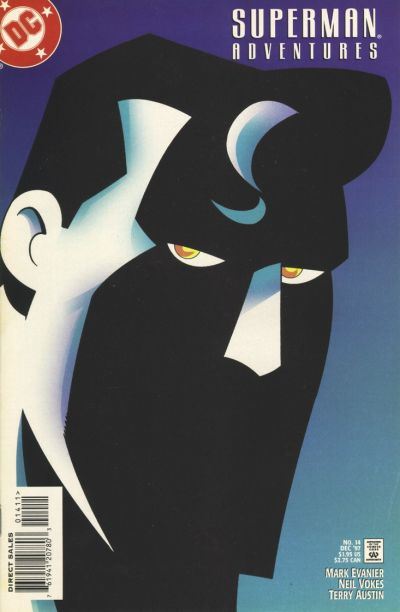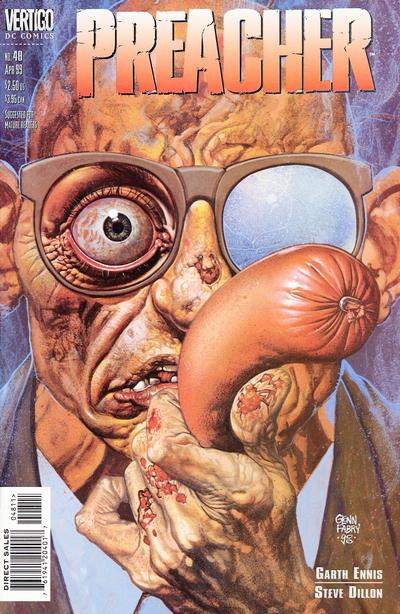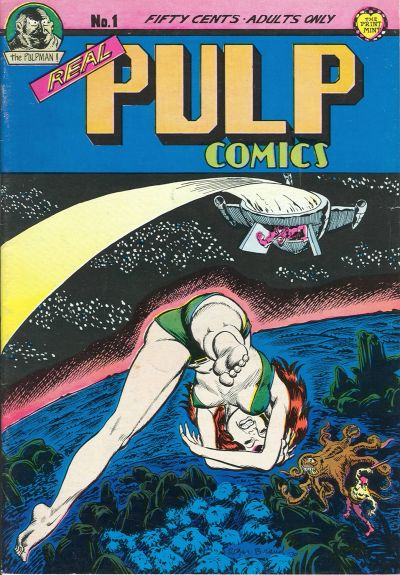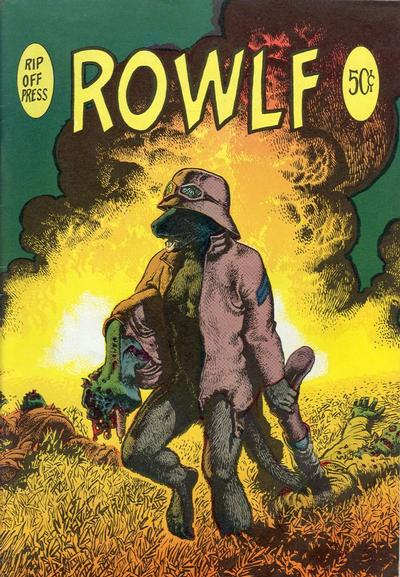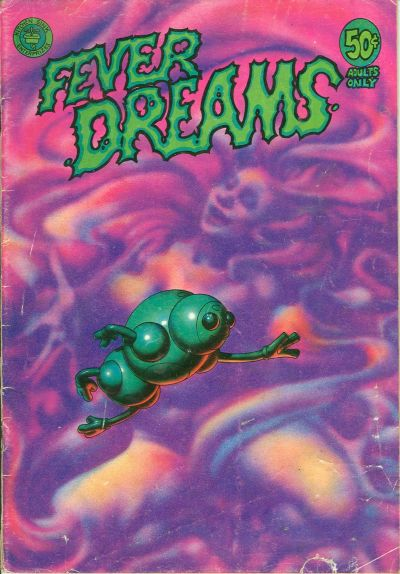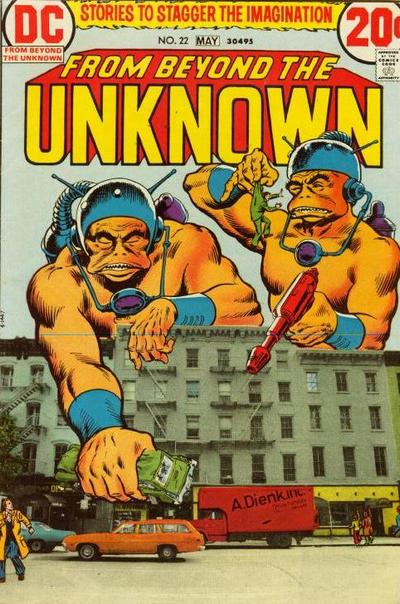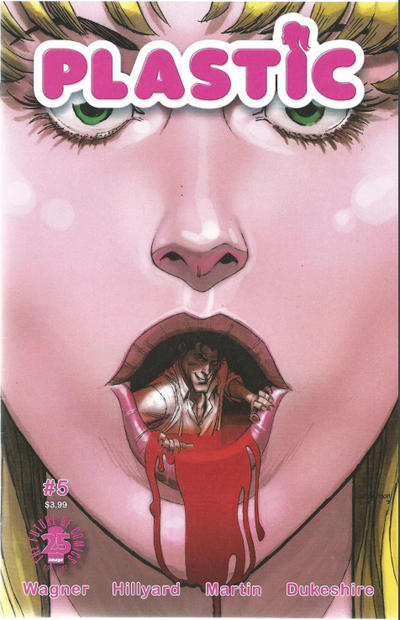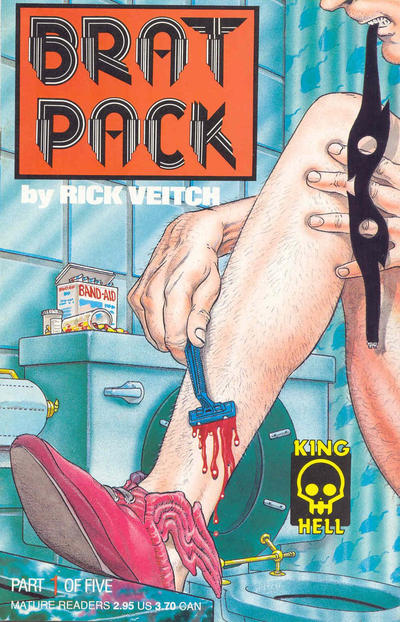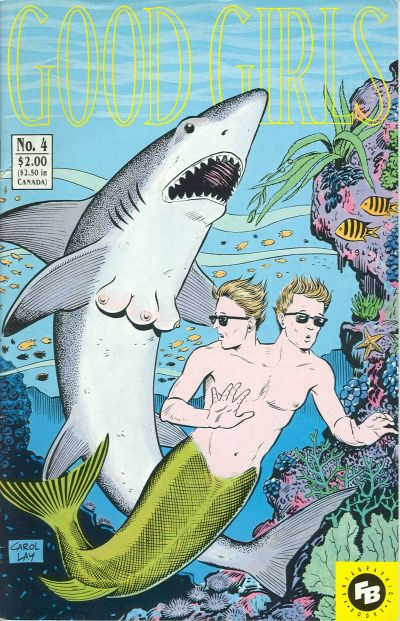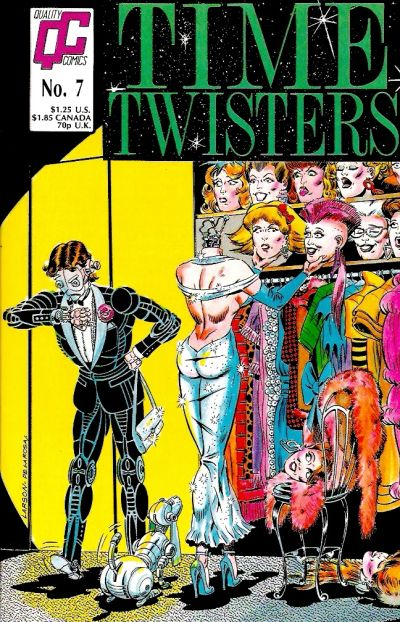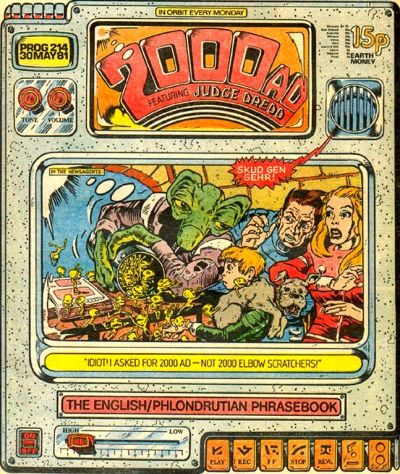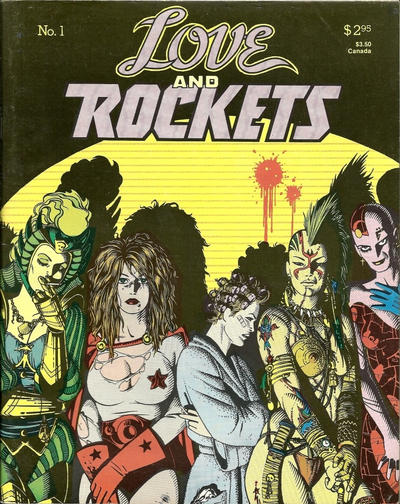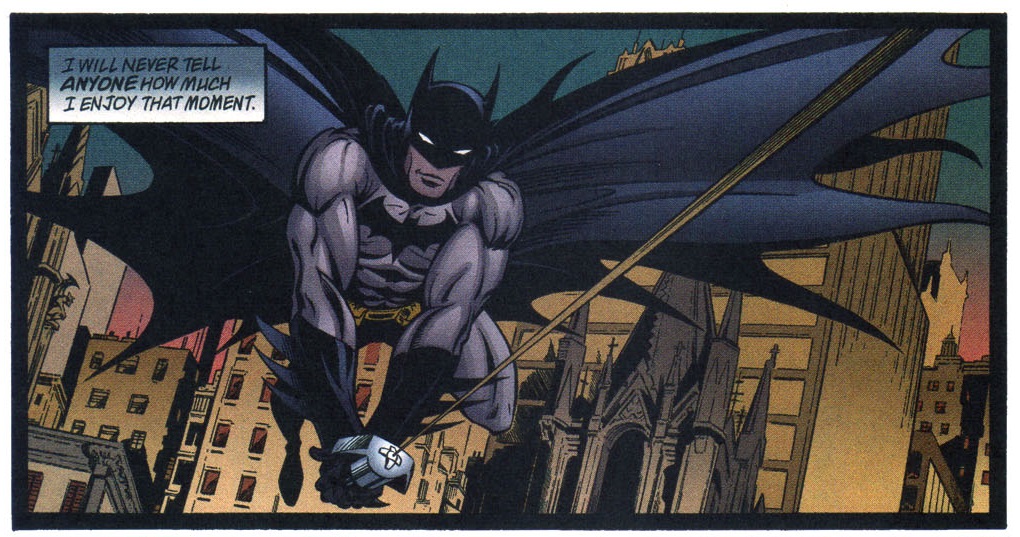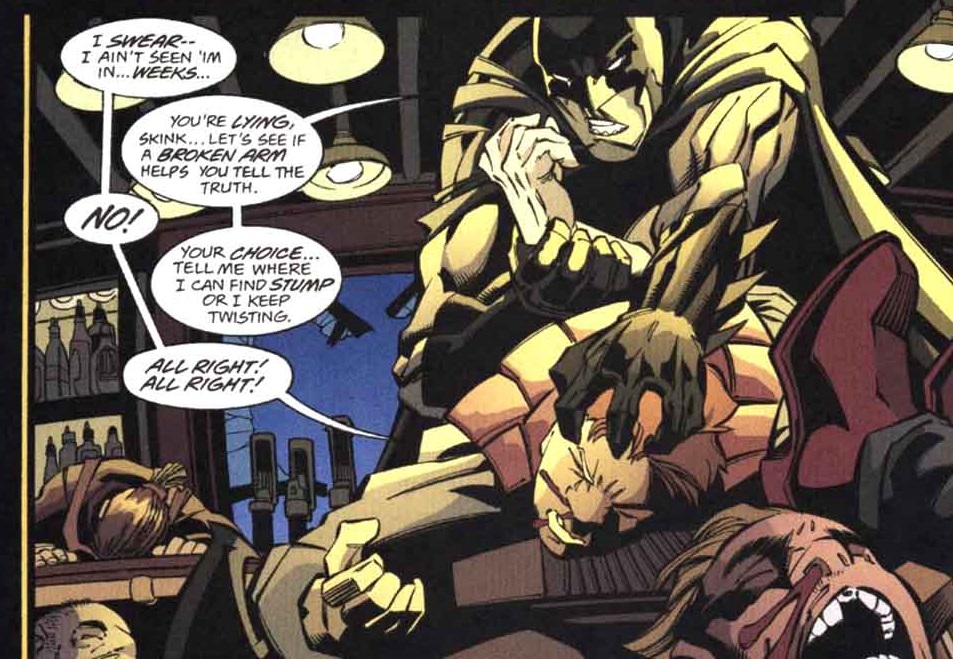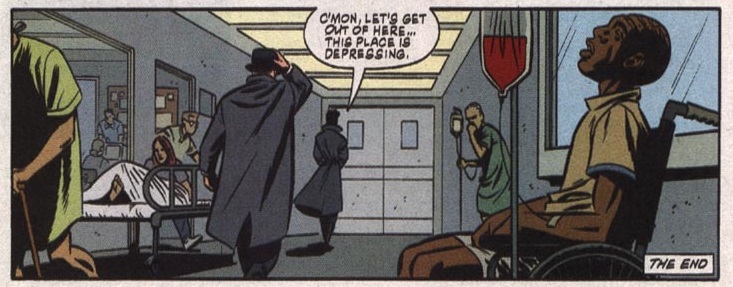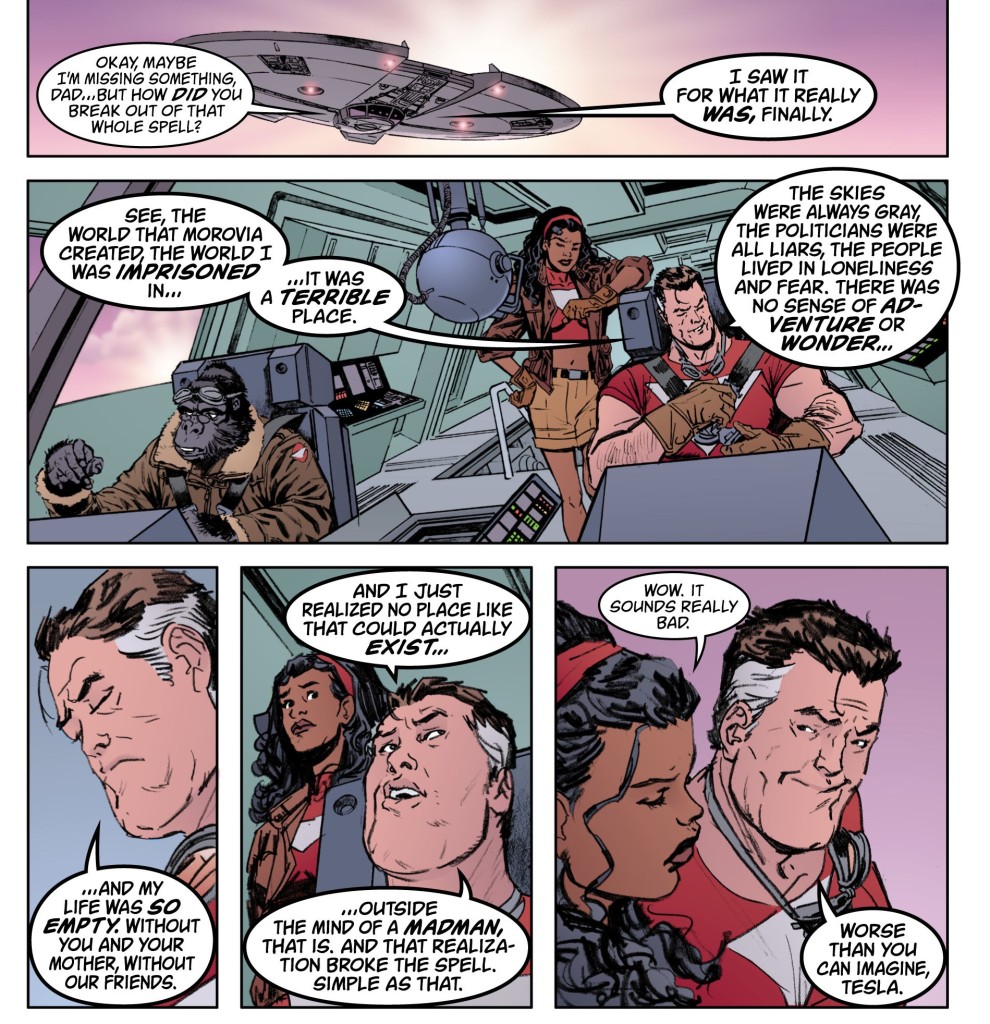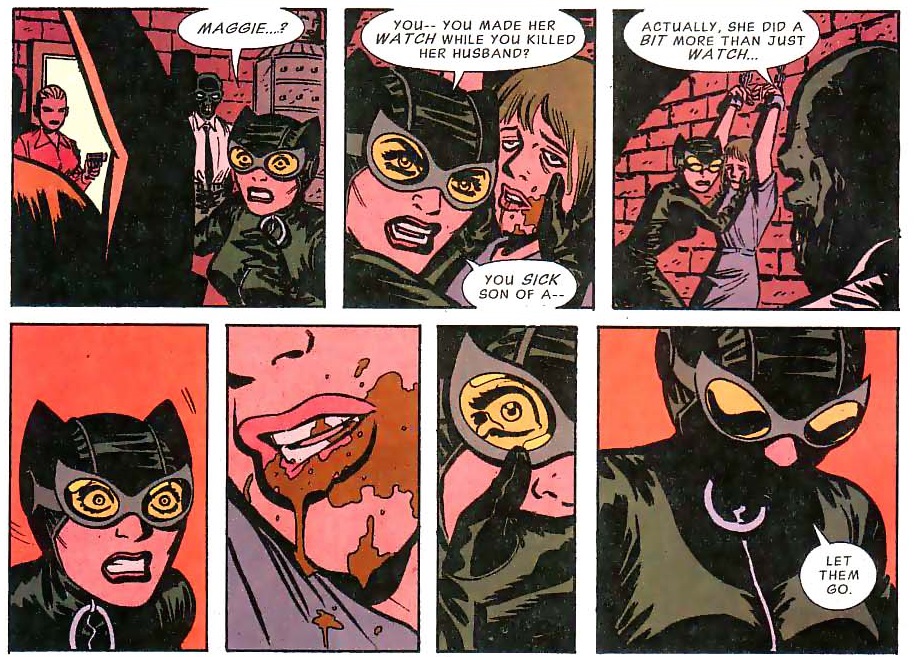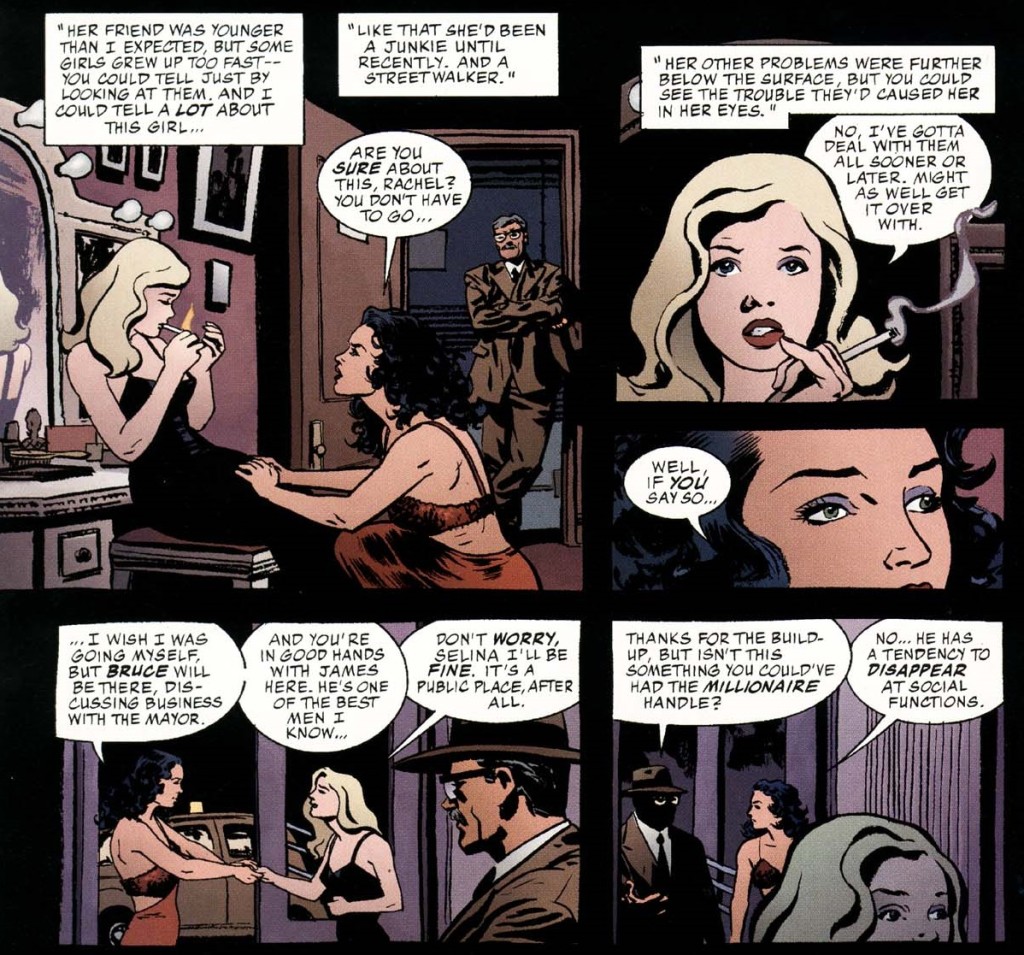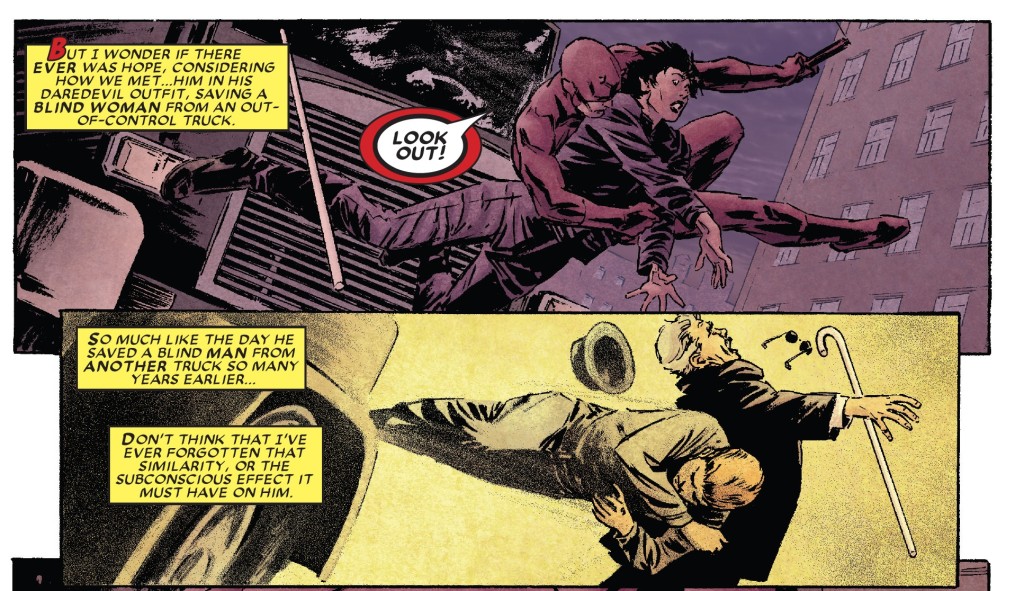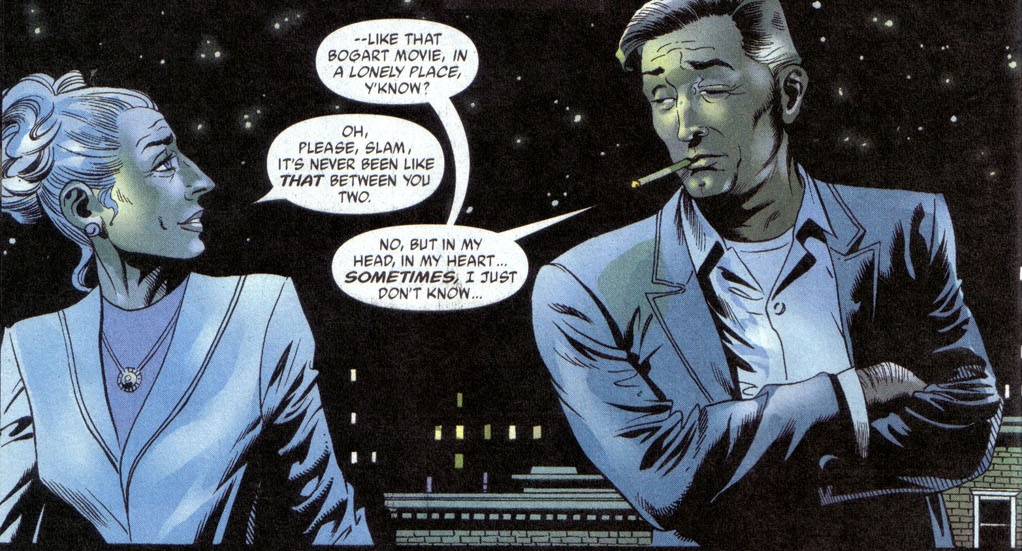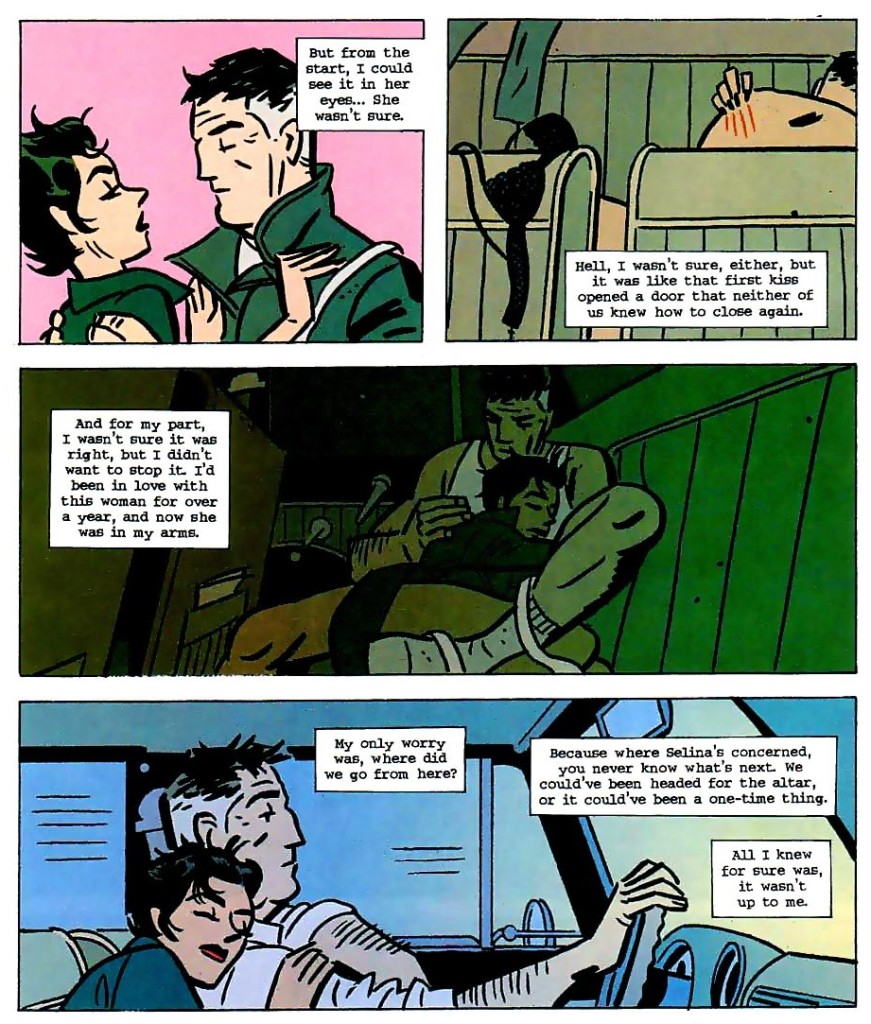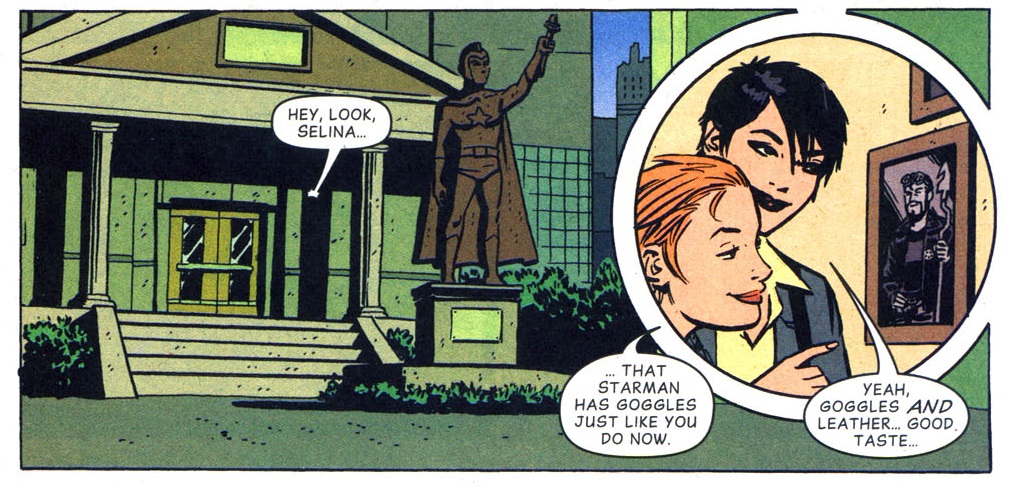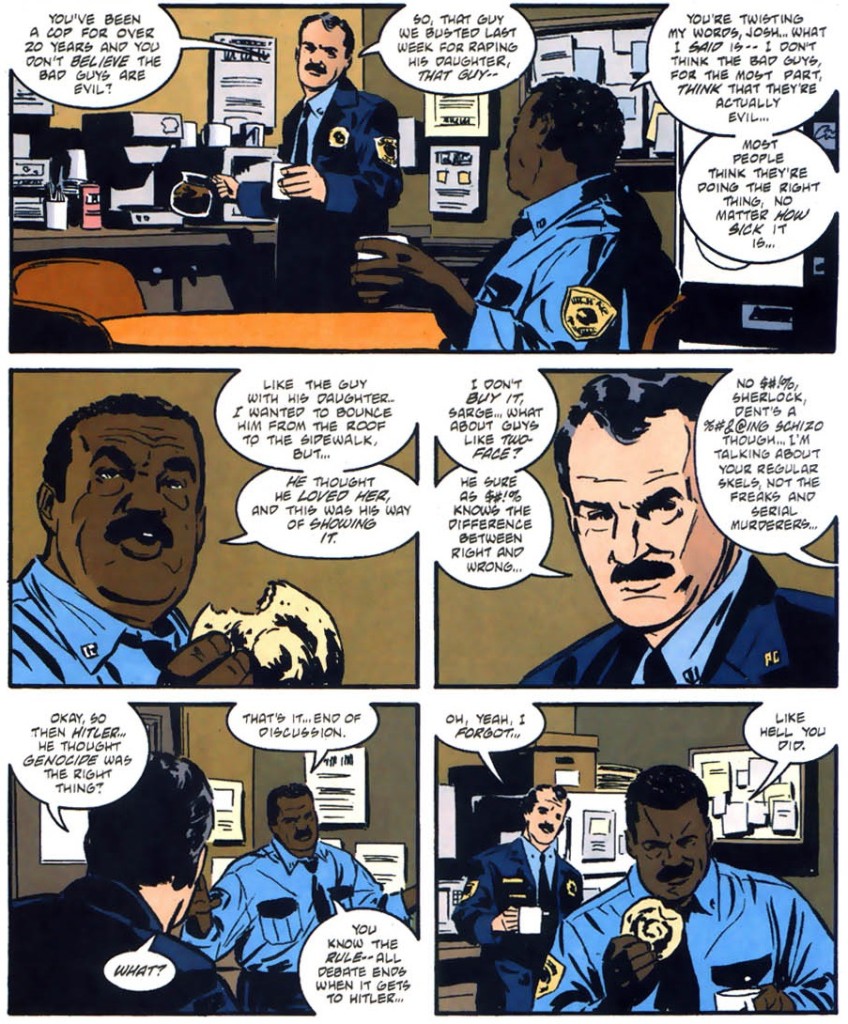Today is Gotham Calling’s eighth anniversary!
Since I celebrated the blog’s previous anniversary with a list of my top 50 film noirs, this time around I was going to do a list of my top spy films, but I ended up in a different place… Instead, I’m ranking my favorite episodes of the original Mission: Impossible TV series (1966-1973), about the elite black ops team Impossible Missions Force (IMF), which the US government uses to secretly do their dirty work abroad as well at home. After all, many episodes do feel like mini-movies, as if an impatient producer has taken an Alfred Hitchcock thriller and trimmed down any unnecessary characterization, dialogue, and real-world locations, tightly paring down the plot to the bare essentials.
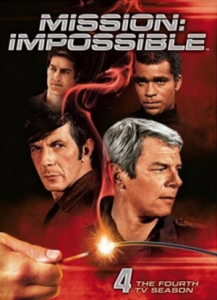

M:I is a show that can benefit from being watched out of order, jumping back and forth between its seven seasons. You certainly have little to lose, since most episodes are standalone tales: there are only a few multi-parters and no running subplots or larger character arcs. Much of the first season is awesome, but the charismatic team leader Jim Phelps (Peter Graves, giving the kind of understated performance he would later hilariously parody in Airplane!) only makes his debut in season 2 and there is no reason you can’t anticipate the magic he brings in-between checking out the fresh energy of those earlier episodes. Likewise, although the final couple of seasons generally feel less inspired, they do have a handful of gems and you shouldn’t have to wait around forever to dig them out. Plus, season 5 works particularly well if interspaced with the rest the show, as most of its episodes run against the grain, jazzing things up by embroiling more outsiders in the team’s affairs and engaging with countercultural movements in fascinating – if somewhat awkward – ways.
Alternating between different casts also helps with the illusion that each team leader – Dan Briggs and Jim Phelps – is carefully recruiting the most suited agents available for each particular assignment, as opposed to having a regular group where some members eventually give way to others (in other words, it’s closer to the spirit suggested by those opening sequences in the first seasons where Briggs and Phelps flip through folders selecting their team).
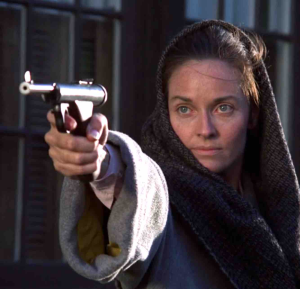

If binged chronologically, later M:I suffers more evidently from the loss of the chameleonic Rollin Hand, played by Martin Landau (a genuinely great actor, certainly more versatile than Leonard Nimoy, who then came in to do a similar role), and the classy Cinnamon Carter, played by Barbara Bain. The latter was replaced by several other female operatives, starting with Lee Meriwether’s Tracey (needless to say, in my head-canon Meriwether is still the Catwoman from 1966’s Batman: The Movie, who made some kind of Suicide Squad arrangement with the government following the events in that film). Lesley Ann Warren’s Dana Lambert and Lynda Day George’s Casey had their moments, but they lacked Bain’s knowing look, which sold Cinnamon as a more convincing operative. As for Barney Collier, the team’s gadget wizard – and unstereotyped black man – is the true backbone of the series, playing a key role in almost every episode right until the finale.
So, what makes a Mission: Impossible episode cool? It varies, actually. If most episodes tend to draw on heist and con narratives, there are those that manage to cleverly fuse the two subgenres despite their diametrically opposed ideological gratification, one materialist and the other idealist (as argued by Jason Read, in the former you see an ideal plan clash against material reality, in the latter you find out that schemers were secretly able to anticipate everybody’s thoughts and reactions… and we were as effectivelly manipulated by the storytelling as the marks were by the IMF agents). Moreover, some episodes stand out because of the team’s entertainingly outrageous plans, using special effects and fake sets to trick their adversaries. In other cases, the main appeal are the deliriously complicated, twist-filled plots (especially when scripted by Paul Playdon), often involving meticulous frame-ups and elaborate mind games. Above all, I’d say the best episodes are the ones that deliver these ingredients with a certain rhythm, keeping up the breathless tempo of the opening credits. With that in mind, the list below combines the most perfect renditions of the M:I formula with the most successful deviations.
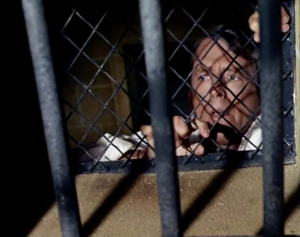 1. Operation Rogosh
1. Operation Rogosh
More than the pilot, this is the episode that truly invented Mission: Impossible, establishing the insane lengths the IMF team was willing to go to in order to achieve their goals (in this case, an over-the-top ruse that involves convincing the titular super-terrorist he’s suffering from ‘delayed amnesia’). By itself, this would be enough to make ‘Operation Rogosh’ worthy of note, but what elevates it to number 1 are all the brilliant touches, from the taut direction to the witty dialogue, from the amusing performances to the multiple narrative threads running against the clock. Plus, there’s that unforgettable sequence early on when we first see Rogosh’s new reality from his distorted point of view… Definitely a high point in the history of television.
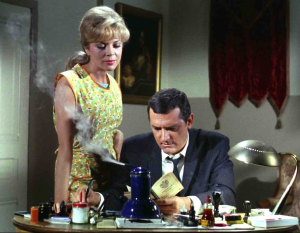 2. The Carriers
2. The Carriers
Yes, it’s another mission dealing with a bacteriological threat, but this time with a unique premise, as whimsical as it is engaging: the IMF infiltrates a fake all-American town that’s actually a training facility where enemy agents learn how to pretend to be American (proving that in M:I’s world the villains can be as inventive as the heroes). On top of the setting’s eerie atmosphere and of the episode’s playful undercurrent (toying with the East’s supposed view of the decadent West), ‘The Carriers’ is a prodigy of storytelling, adding new sources of suspense until the very end.
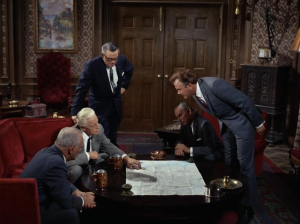 3. The Legend
3. The Legend
What can I say… M:I’s first season was so amazing that it deserves all the top spots! Over the years, the IMF went after Nazis – old and neo – a handful of times, often using their own ideology against them. Yet no episode made these villains look more despicable and pathetic than ‘The Legend,’ in which the team find themselves in a bizarre South American chateau where Martin Bormann is preparing to take back Germany. A tale full of surprises where every agent is in top form – especially Cinnamon Carter, who chillingly reinvents herself as a cold-hearted Fräulein.
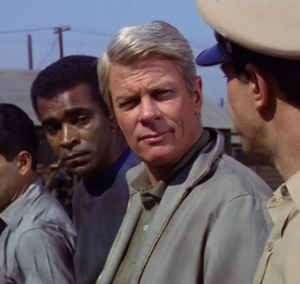 4. Trial by Fury
4. Trial by Fury
Arguably the show’s grittiest episode. The IMF infiltrates a brutal Third World prison in order to both protect a resistance network and expose an informer. The acting, the score, the tilted angles, and the pressure on the agents’ improvisational skills make ‘Trial by Fury’ a particularly intense hour, with a constant, palpable sense of danger. That said, perhaps my fondness for this one also has to do with getting to see Graves play the almost opposite character he played in Billy Wilder’s Stalag 17!
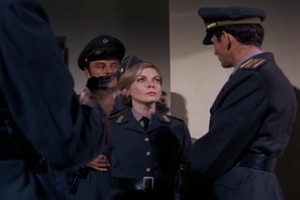 5. The Exchange
5. The Exchange
‘The Exchange’ opens in medias res (with a superb quasi-silent sequence) and never lets up, as Cinnamon gets captured in divided Europe and the IMF team pull off a rogue operation (conning their own allies!) in order exchange her for a prisoner of the western side. Cue in some remarkable torture scenes and a terrific climax at a proto-Checkpoint Charlie.
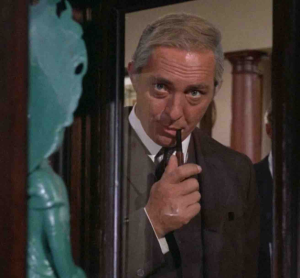 6. The Mind of Stefan Miklos
6. The Mind of Stefan Miklos
It’s the ultimate double (triple?) bluff, as the IMF is tasked with convincing a genius enemy investigator that false information is correct, so they set up scattered clues – some subtle, some less so – for him to put together. The plot is a veritable maze and, while the action is more static than in the episodes above (a lot of it consists of tense indoor conversations and quiet gestures), the dialogue is sprinkled with clever details. It all comes together beautifully in the end. Another small masterpiece.
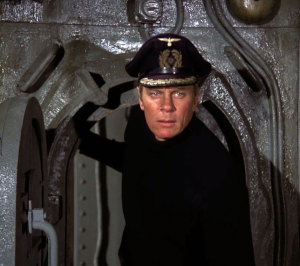 7. Submarine
7. Submarine
An homage to WWII submarine movies. The team has to get a former SS officer to disclose the location of Nazi funds, even though he has never cracked throughout decades of communist torture. Plus, they have to do it underneath the beards of GDR-ish socialists, whose authorities are about to close in on the IMF operation. Easily one of the greatest endings in the whole series.
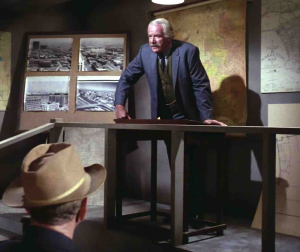 8. The Town
8. The Town
In this highly satisfying format-breaker, Jim Phelps gets captured by mysterious foes in a creepy small town. It’s wonderful to see the way Rollin Hand deals with the situation, reminding us that these are seasoned pros, experts at both attentive detection and on-the-fly improvisation.
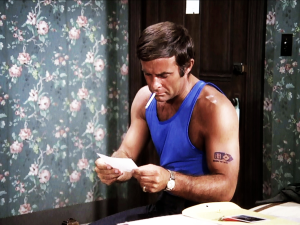 9. The Killer
9. The Killer
The IMF tries to prevent an assassination, even though they don’t know the target or when or where or how the murder is meant to take place… The thing is that the titular hitman makes every decision at random, posing a real challenge to the team’s usually meticulous planning. The result is not only a suspenseful game of cat and mouse, but also a rare showcase for the wider IMF organization working behind the scenes, including a multitude of prop makers and set dressers.
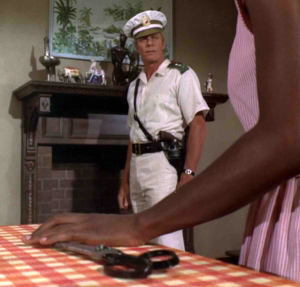 10. Hunted
10. Hunted
Rivalling ‘The Killer’ for my favorite season 5 episode, ‘Hunted’ is a gripping chase thriller set in M:I’s version of apartheid South Africa. The revelation in the cold open is a real stunner and the human interest subplot is quite touching as well, no doubt due to Ta Tanisha’s subtle guest performance. While the plotting isn’t as deliciously convoluted (for the show’s standards), there is an asphyxiating sense of urgency to the proceedings. Plus, I love the ironic way racial politics keep working both for and against the IMF’s mission.
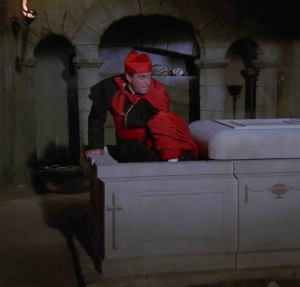 11. The Cardinal
11. The Cardinal
The IMF tries to prevent a dictator from replacing a local religious leader with an evil impostor. There isn’t anything deep or extraordinarily groundbreaking about ‘The Cardinal’ – it’s just pure rip-roaring pulp, complete with secret tunnels, pitch-perfect disguises, well-timed switcheroos, a two-way mirror, an ancient deathtrap, a gun-toting nun, and weaponized mosquitoes!
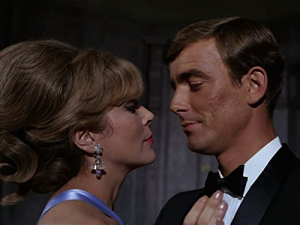 12. The Short Tail Spy
12. The Short Tail Spy
A classy venture into straight-up espionage, as Cinnamon is tasked with seducing an enemy agent but Dan Briggs suspects she may be getting seduced herself. Although ‘The Short Tail Spy’ doesn’t have M:I’s traditionally bombastic set pieces, the episode’s low-key tradecraft, spy games, and moral dilemmas should appeal to true genre fans. Bain’s acting, in particular, helps nail the atypically emotional punch of this lighthearted drama.
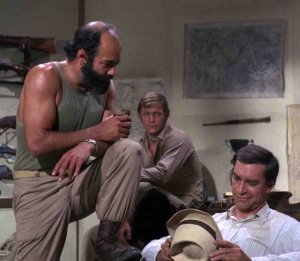 13. The Mercenaries
13. The Mercenaries
A mean fucker. The IMF pull off one of their most daring heists – along with a couple of ingenious con tricks – amidst a hellish enclave in equatorial Africa bursting with violent mercenaries.
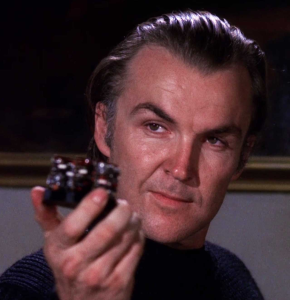 14. The Amateur
14. The Amateur
Another season 5 narrative experiment, ‘The Amateur’ departs from the M:I formula not just by opening already with a mission-in-progress (which means that the exposition emerges retroactively rather than through an initial tape scene), but also by having a sleazy bar owner, Erik Schilling (an unforgettable guest spot by Anthony Zerbe), stumble into the IMF’s operation and try to make a buck out of it. Schilling’s involvement screws up everybody’s plans (i.e. the plans from both the good guys and the baddies), creating a chaotic encounter between the worlds of professional intelligence services and amateur grifting.
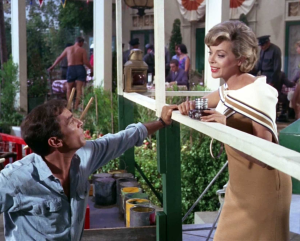 15. A Spool There Was
15. A Spool There Was
The IMF is tasked with tracking down a missing recording wire a fallen agent left behind, somewhere in a lake resort. The plan is to put Rollin Hand in a similarly perilous situation, hoping inspiration will strike about the hiding place. Probably the most linear and low-tech operation in the whole series, but the result is damn charming thanks to Rollin’s and Cinnamon’s lovely chemistry. More than any other episode, ‘A Spool There Was’ brings to mind the light entertainment you get from Hitchcock’s spy movies.
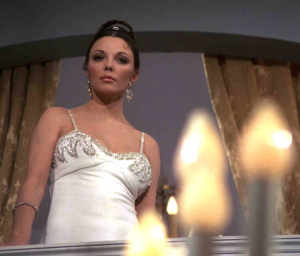 16. Nicole
16. Nicole
Although cold professionalism was the norm, every once in a while IMF agents did get emotionally involved during their missions. And while not every director could sell such a dramatic change of pace, Stuart Hagmann memorably delivered the goods with ‘Nicole,’ a twisty cloak-and-dagger yarn that starts with a standard heist (of a list of double agents) but soon goes so far outside the show’s trappings that it becomes engrossingly unpredictable.
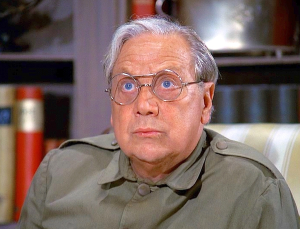 17. Phantoms
17. Phantoms
The mission is to bring down an Eastern Bloc dictator before he launches a purge of his country’s pro-western young artists. This dictator, Premier Leo Vorka, is one of the most fleshed out marks in the series, thanks to both a sharp screenplay and a compelling performance. On top of that, the IMF’s plan is as twisted as they come, haunting Vorka with old memories and squeezing his mental health until he breaks.
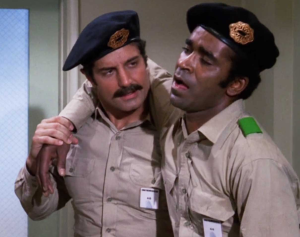 18. The Innocent
18. The Innocent
By itself, ‘The Innocent’ is exciting stuff, steadily delivering a solid Middle Eastern adventure. What makes it stand out so much, though, is that this time around the team tries to recruit a conscientious objector (and of course they manipulate the hell out of him, so the episode both validates the show’s conservative politics and perversely undermines them at the same time!). The result is an interesting self-reflexive gesture, as the series addresses a critique of its own premise.
 19. The Martyr
19. The Martyr
Like ‘The Innocent,’ ‘The Martyr’ is a blatant attempt to appeal to the youth movement, as the IMF takes the side of student protesters (abroad, of course), culminating in a revolution to the sound of a Bob Dylan cover! Some may find the team’s efforts to look and sound hip sort of embarrassing, but I get a kick out of it in the same way that I love all the funky dialogue and visuals in superhero comics from the time… All this puts a droll, colorful shine on an already stellar M:I plot packed with fantastic gadgets and circular deception.
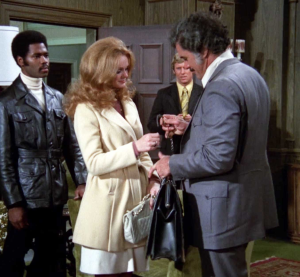 20. Bag Woman
20. Bag Woman
IMF’s missions occasionally hit snags, but this is the one where practically everything that could go wrong does so. Things start out bad enough with Casey transporting a suitcase (in order to identify a politician bought by the Mob) unaware that it is set to explode, but soon all the other team members find themselves in their own predicaments… ‘Bag Woman’ is a diabolical contraption with an increasingly manic pace and the stylish feel of early ‘70s crime thrillers.
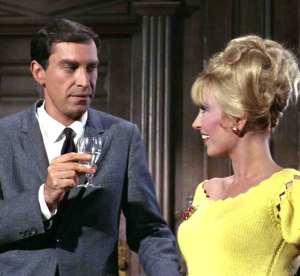 21. The Reluctant Dragon
21. The Reluctant Dragon
The production values are perhaps lower than in ‘The Innocent’ and ‘The Martyr,’ but ‘The Reluctant Dragon’ is even more aggressively political, if not without nuance. A couple of IMF agents go behind the Iron Curtain to facilitate a defection, but things are not all what they seem… At one point, the mission changes into actually persuading a scientist to defect, i.e. showing him how rotten his authoritarian system is! The result has wit and grit to spare: while this is one of the few episodes to explicitly argue the IMF’s ideological justification, it’s also one where the people of Eastern Europe come off as truly diverse and often conflicted individuals.
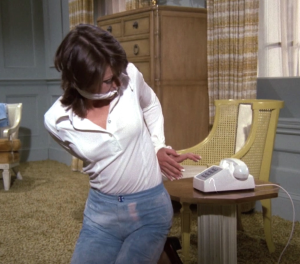 22. The Question
22. The Question
A pretty original mission, as the IMF is assigned with figuring out if an assassin defecting to the West is the real deal or not. The result feels much closer to traditional spy fiction, but ‘The Question’ pulls this off with aplomb. Above all, it’s quite refreshing to see Jim Phelps’ team be at a loss for so long.
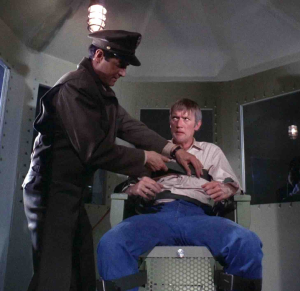 23. The Execution
23. The Execution
A hardboiled entry, ‘The Execution’ pits the IMF against an extortion racket, who are of course completely baffled by the team’s outside-the-box methods and callous approach to psychological torture. The whole death row sequence must’ve been one of the most disturbing depictions of capital punishment to hit the small screen at the time… and it continues to strike a nerve! (Again, there is some ambiguity here: on the one hand, the discernible harshness of the process can serve as an indictment of the death penalty; on the other hand, I guess it also illustrates that threatening criminals with death can be productive, which was one of the many problematic subtexts of M:I as a whole…)
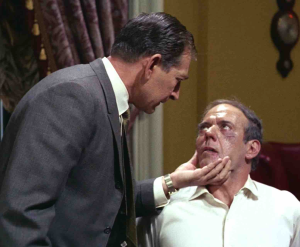 24. Memory
24. Memory
The IMF train an alcoholic memory expert to pass off as a back-from-the dead double agent… and that’s just the beginning of this vicious, extremely well-written entry. The earlier M:I episodes had a lot of personality to them, but ‘Memory’ is even more flavorful thanks to Albert Paulsen’s outstanding guest role (the first of many he would do, playing different characters).
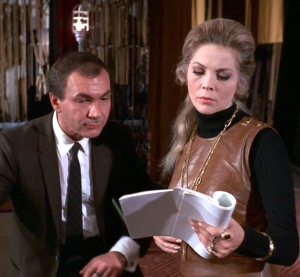 25. The Play
25. The Play
Arguably M:I’s most (deliberately) comedic episode has the IMF trying to trick a propaganda minister into approving a theatre play that insults his country’s leader. Seeing the square IMF agents posing as pretentious artists and hammy egomaniacs is a riot, but there are also surprisingly tender moments involving a defector struggling with the prospect of leaving all his awards behind…
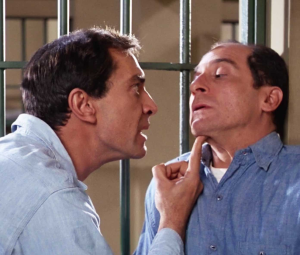 26. The Confession
26. The Confession
A domestic Cold War story, for once, as the IMF team set out to expose a conspiracy between a hawkish senator and a Soviet assassin in order to prevent the collapse of détente. Lots of fun moments, with Rollin Hand posing as a hotheaded, fast-talking jailbird (Landau has a field day!).
 27. Trek
27. Trek
A tough, western-flavored outing where Jim Phelps breaks out a ruthless criminal from a South American prison in the hopes that he will lead the team to a cache of stolen Inca gold stashed somewhere in the nearby desert mountains. A stunning-looking episode that established Phelps (unlike Briggs before him) wasn’t just a cerebral chess player, but also a badass action hero.
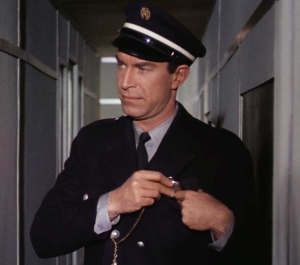 28. The Train
28. The Train
All the great spy adventures have at least one incredible sequence on a train, from the British oldie The Lady Vanishes to the Korean throwback The Age of Shadows, not to mention the classic fight in From Russia With Love (which Spectre desperately tried to top)… M:I put its own unmistakable spin on this trope by engineering a false train journey through optical illusions and sound effects (they even recruit an Oscar-winning art director to help out!) as part of an idiosyncratic scheme to prevent a dying democratic prime minister from handing over power to an authoritarian successor.
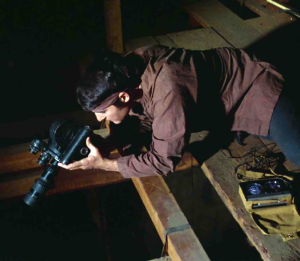 29. Action!
29. Action!
In a sense, M:I has always been about the techniques of audiovisual fiction: the IMF strategies often involve coming up with narratives, rehearsals, extensive make-up, convincing performances, set design, and practical effects. The faceless Secretary is like a powerful producer and Dan Briggs and Jim Phelps are eccentric writer-directors, just as Barney Collier is the resourceful F/X guy, Willy Armitage is the all-purpose stuntman, and the rest of the troupe are, essentially, a bunch of talented method actors. The parallel runs even farther in ‘Action!,’ where the team infiltrate an enemy studio to sabotage a propaganda movie… and their very weapons are filmmaking tools. Politically, this is one of the dodgiest episodes (it implies American atrocities in Vietnam were ‘fake news’), but it’s nevertheless a joy to watch the way the operation unfolds in such a peculiar, mirror-like milieu.
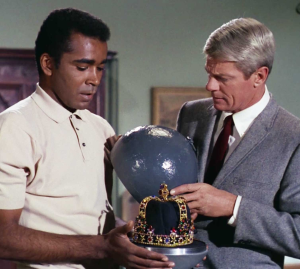 30. The Condemned
30. The Condemned
This time it’s personal. Jim Phelps gets his guys to help him clear out a childhood friend who has been convicted of murder in a foreign country. Further shaking up the formula, the team now has a mystery to solve, making the intrigue particularly tortuous. Plus, there is a neat car chase!

31. The Bunker
A double-rescue operation where obstacles keep piling up, including a third-party killer who is also a master of disguise. Yes, these are technically two episodes, but they form a single story, so they only take up one place on the list… In fact, they’re like a slick, deliberately paced spin-off movie. Other than a Big Store scam, ‘The Bunker’ showcases all of M:I’s signature elements, only pushed to the next level: there are masks on top of masks, the action is somehow even more cliffhanger-laden than usual, and the spy-fi gadgets feel even pulpier.
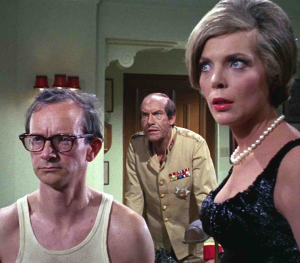 32. Pilot
32. Pilot
A sweaty, two-fisted affair in which a still relatively insecure IMF sets out to disarm a couple of warheads in a Caribbean dictatorship. I’m not going to lie: M:I’s pilot is a chunky slice of escapism, but the best thing about it is watching such a rough-edged blueprint for what the show will become, with hints of other directions it could’ve taken… It’s certainly more humorous than most of the following episodes and the characters feel more alive (they joke, they flirt, they screw things up), but you also get loads of soon-to-be-familiar beats (including the first face mask!). Given the prospect of watching something like this every week, I’m sure the studio execs – and the audiences – were immediately blown away.
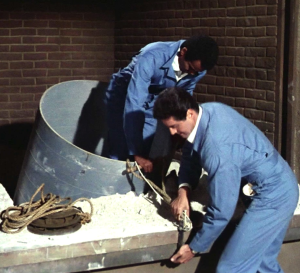 33. The Survivors
33. The Survivors
The IMF’s mission in ‘The Survivors’ is to rescue a couple of scientists and their spouses, but that’s just a pretext for a nice remix of the show’s usual bag of tricks, from small cons (including a funny subplot about a femme fatale) to larger stunts (they simulate a freaking earthquake in the middle of San Francisco!). A well-oiled machine doing what it does best.
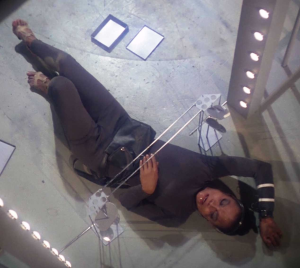 34. The Traitor
34. The Traitor
This time the IMF’s mission/caper involves breaking into an embassy in order to steal a secret document before the enemy can decipher it… and, along the way, discredit a defector. Lots of nifty gimmicks in this one, but of course the best thing about ‘The Traitor’ is the presence of a new agent played by the athletic Eartha Kitt (that’s right, another Catwoman actress – and this one actually does some cat-burglaring!).
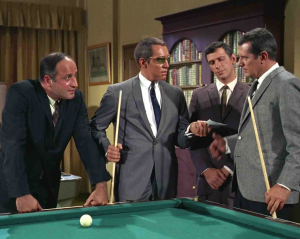 35. The Ransom
35. The Ransom
Once again, things get personal. This time around, mobsters abduct the daughter of a close friend of Dan Briggs and propose exchanging her for a key trial witness who is under such strict protection that it takes a rogue IMF operation to get to him. A smooth change of pace, not just because of the different sort of stakes, but also because of the neo-noirish mood, complete with the occasional saxophone and piano…
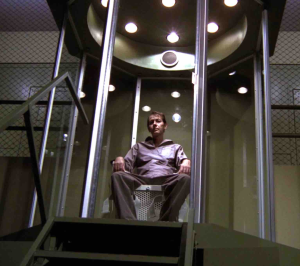 36. The Glass Cage
36. The Glass Cage
The IMF team infiltrate an inescapable, high-tech maximum security prison in order to free a resistance leader. Besides the labyrinthine plot and the claustrophobic settings, Cinnamon’s and Rollins’ acting (played by the real-life couple of Bain and Landau) is a particular delight to watch in this one, effectively exploiting the warden’s psychology.
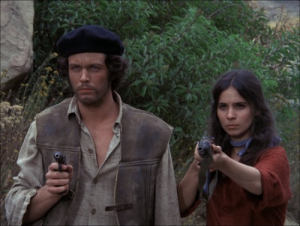 37. The Rebel
37. The Rebel
‘The Rebel’ opens near where most M:I episodes end, with the team about to complete their mission. Things go (very) wrong at the last moment, though, to the point where it takes them a whole episode to work their way out of the mess, facing a number of simultaneous challenges. In true Cold War fashion, the solution involves pitting the people’s religious urges against their oppressors!
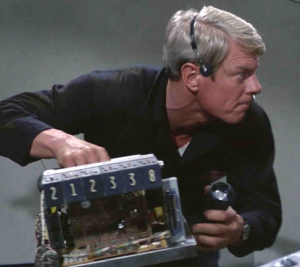 38. Recovery
38. Recovery
When a US bomber crashes behind the Iron Curtain, the IMF is sent to recover its fail-safe device, thus preventing the technology from falling into enemy hands. Another well-crafted thriller, mixing nail-biting tension and geopolitics, with an American scientist defector as a key adversary.
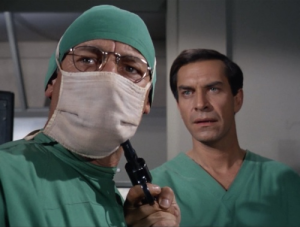 39. Operation ‘Heart’
39. Operation ‘Heart’
A rescue mission somewhere in Northern Africa *and* an attempt to prevent a red-backed coup. Thrillingly packed with the team’s trademark sleights of hand and double bluffs, this is the type of cool-as-hell episode that originally set my standard for Mission: Impossible when I first watched it as a kid.
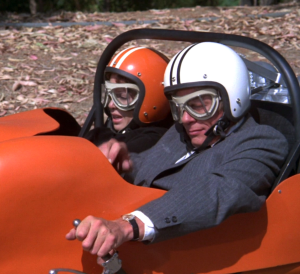 40. Decoy
40. Decoy
In order to get their hands on a valuable list, the IMF arrange the defection of the daughter of a dead communist leader somewhere in the Eastern Bloc, even though they’re perfectly aware the whole thing is a trap. The usual, reliable stew of character-based intrigue and gadget-based set pieces gets spiced up by a romantic subplot and an awesome chase scene.
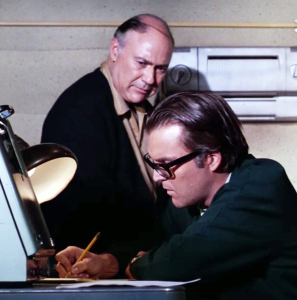 41. The Photographer
41. The Photographer
Much of the joy of Mission: Impossible is seeing what imaginative plans the team will come up with next, no matter how contrived their execution. In that sense, ‘The Photographer’ has got to be a minor classic. It starts out simple enough, with Cinnamon using her model background to approach a fashion photographer who also happens to be a spy for a foreign nuclear power (not the Russians or the Chinese though), but in the final minutes the IMF’s illusions reach epic proportions. The episode also benefits from quite an original villain, once again brought to life by Anthony Zerbe.
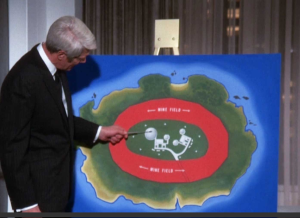 42. The Field
42. The Field
The IMF is tasked with destroying a nuclear satellite about to be used for global blackmail whose controls are surrounded by a minefield in an impregnable island. Besides the fact that the stakes are a bit more James Bondian in this one, ‘The Field’ is one of the most committed mission-gone-wrong episodes, with things drastically spiraling out of control and forcing the team to come up with a whole new plan-within-the-plan, including a great bit of on-the-spot, quick-on-their-feet improv.)
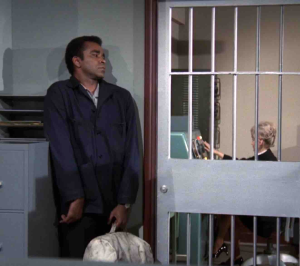 43. Orpheus
43. Orpheus
Classic Cold War intrigue as Jim Phelps pretends to defect to the East as part of a cunning ploy to identify an enemy assassin. ‘Orpheus’ is another great example of the series’ strand of Playdon-scripted, mind-bendingly intricate, tradecraft-heavy episodes, further helped by a literal ticking time bomb device.
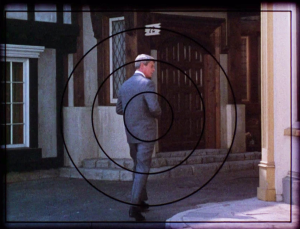 44. Live Bait
44. Live Bait
Like ‘Orpheus,’ ‘Live Bait’ is a masterful showcase for how fun M:I can be when it pushes the conventions of the spy genre to a dizzying extreme. This operation to free a prisoner who can expose an American mole – and at the same time draw any suspicions away from said mole – results in one of the most complex webs of betrayal, misdirection, and counter-counter-intelligence in the entire series, deviously confusing and edited to perfection.
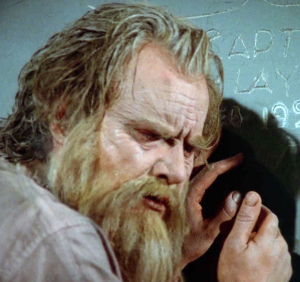 45. Two Thousand
45. Two Thousand
Take ‘Operation Rogosh’ and ‘The Photographer’ and push their premises to a gloriously ludicrous extreme – and you get ‘Two Thousand,’ where at one point the IMF trick a treasonous nuclear physicist into believing he has woken up in a dystopic, post-apocalyptic future! We’ve seen several variations of this before, but ‘Two Thousand’ approaches the material with plenty of panache, reveling in its own schlocky excess, including a vivid direction, some impressive visuals, and a number of plates frantically spinning at the same time…
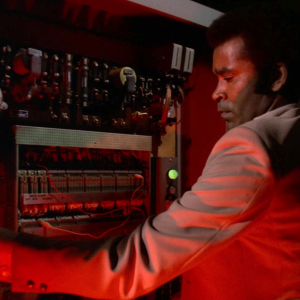 46. Kidnap
46. Kidnap
Most M:I episodes were heists at heart, their structure and MacGuffins covered with the guise of international relations. Even the few off-duty episodes – where accidental and/or personal matters provided a different context and motivation – were all about watching the IMF agents execute complicated retrievals (of objects, people, or information) while displaying stupendous timing and presence of mind. ‘Kidnap’ belongs to the latter strand, as gangsters hold Jim Phelps hostage and force his teammates to steal an important document, creating a lengthy chain of tasks they have to pull off until reaching the ultimate goal of freeing Jim. (Peter Graves directed this one himself and did a fine job at it.)
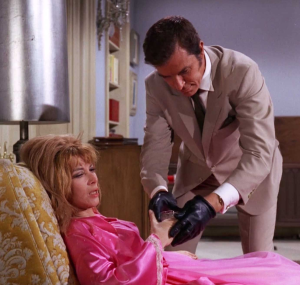 47. The Diplomat
47. The Diplomat
In an effort to discredit accurate intelligence (about the US second-strike defense system) obtained by a rival power, the IMF recruit an actual diplomat’s wife to attract – and misdirect – an enemy agent (a creep who tends to kill women with sleeping pills). A smart and efficient two-pronged operation with a risky climax.
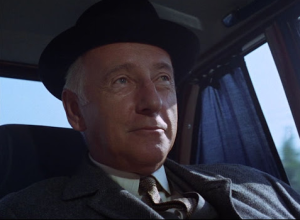 48. Echo of Yesterday
48. Echo of Yesterday
A quieter, more sensitive episode, in which the IMF push an ageing German fascist to confront suppressed memories. Well-acted and handsomely shot, exploiting the unsettling impact of Nazi iconography. A haunting final scene.
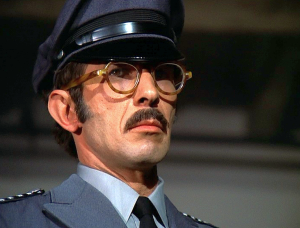 49. The Controllers
49. The Controllers
When the IMF are sent to stop – and discredit – the development of a mind-controlling drug, a couple of unexpected complications (including a major fuck-up) throw a wrench into the original plan, justifying the story’s extended duration (it’s another two-parter!). The MacGuffin is cartoonier than usual and one of the villains is particularly despicable (and horny), but the tone nevertheless fits in neatly with M:I’s fantastic reality.
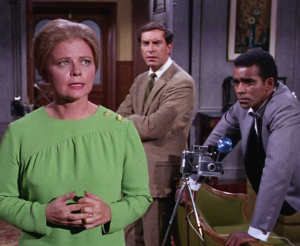 50. Zubrovnik’s Ghost
50. Zubrovnik’s Ghost
A scientist is convinced the ghost of her dead husband wants her to work for the commies and it’s up to the IMF to prove her wrong (with the help of a medium). From what I gather, fans of M:I tend to despise ‘Zubrovnik’s Ghost’ for being too kooky… Needless to say, that’s exactly what draws me to this episode, as the amusingly offbeat premise and genuine horror vibe raise it above many of the more formulaic entries.

